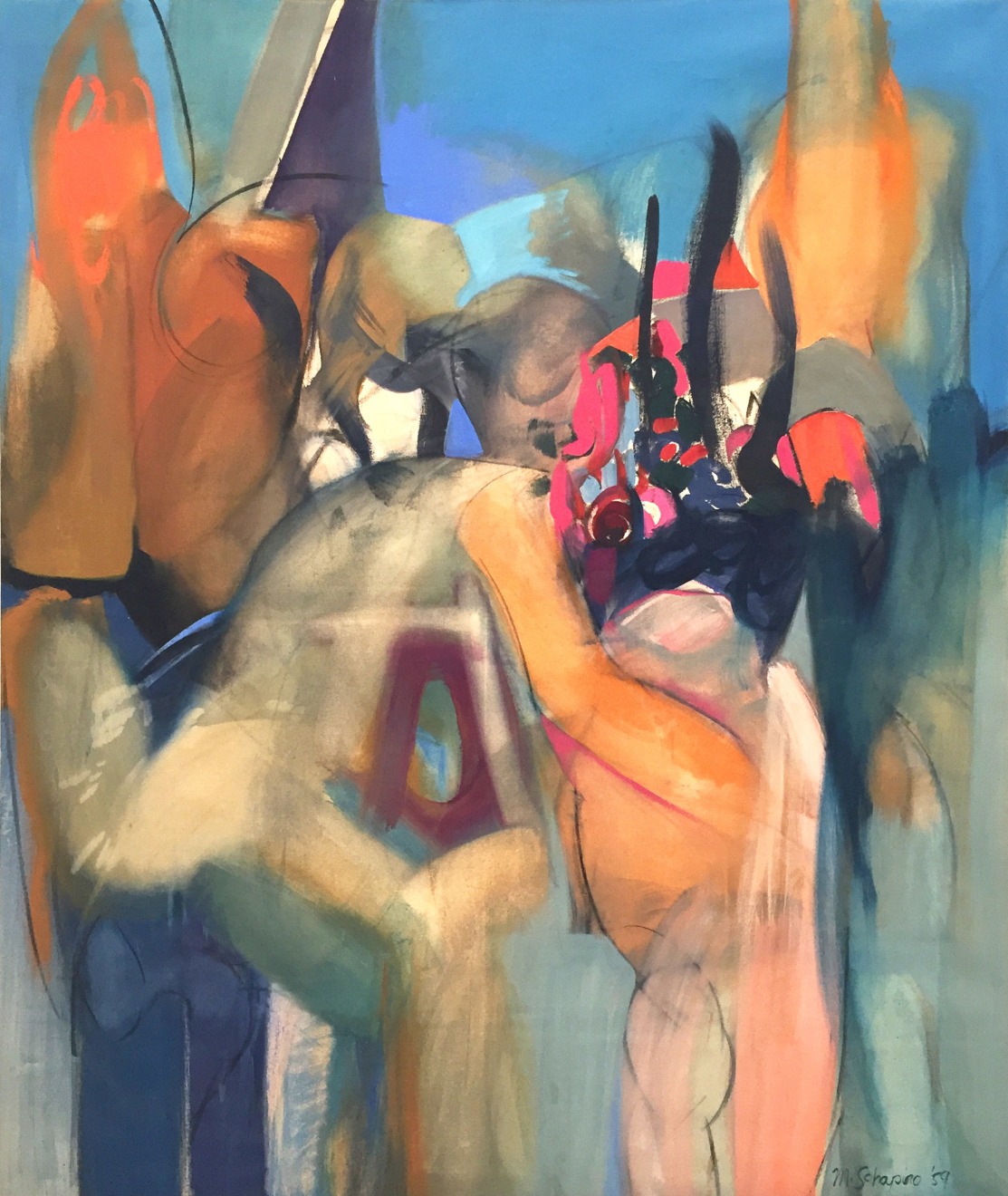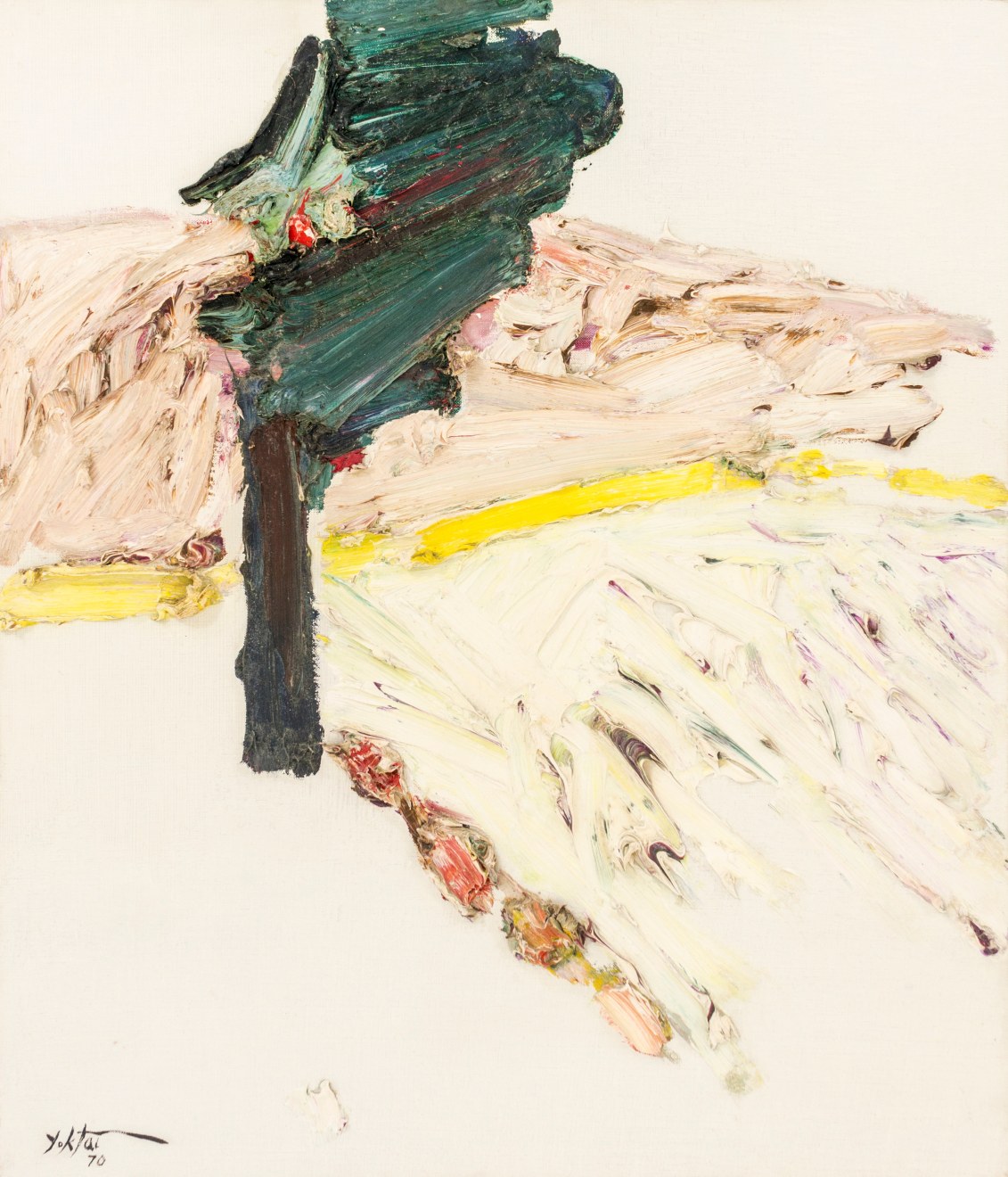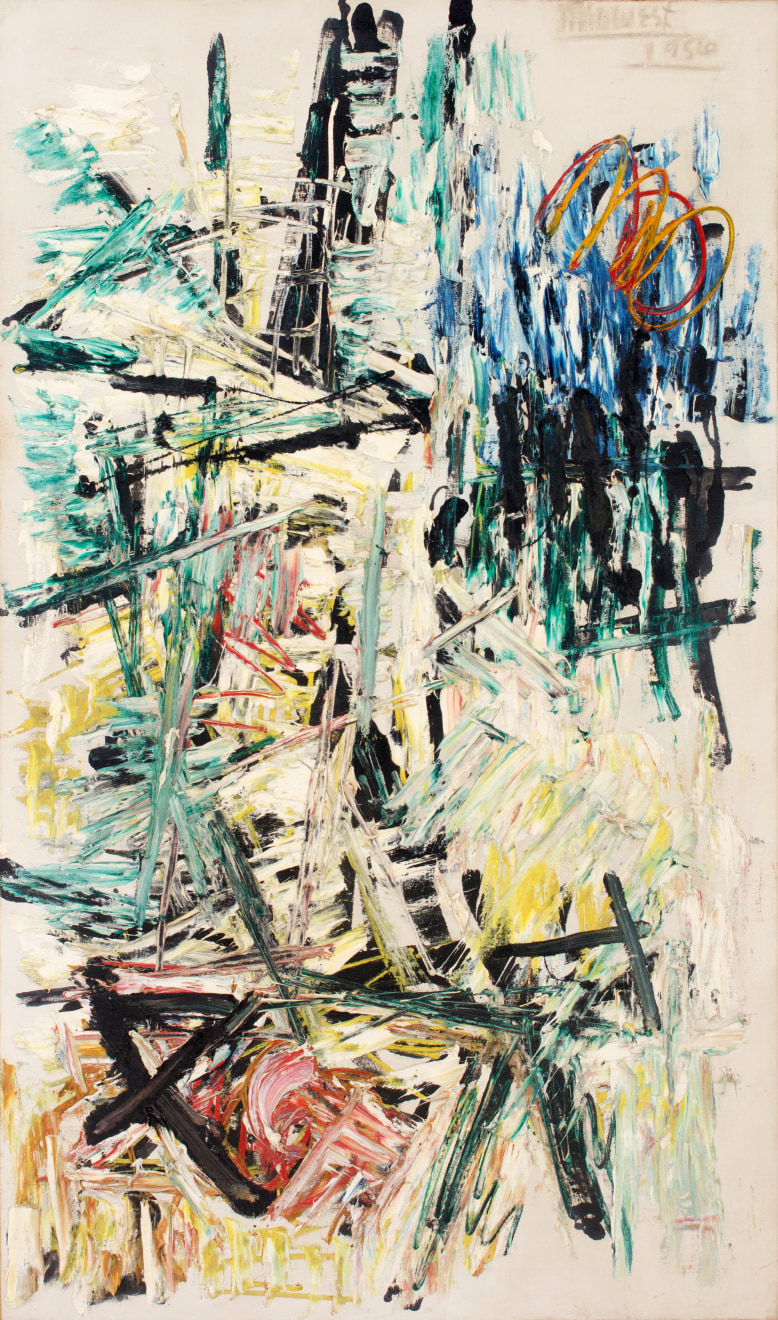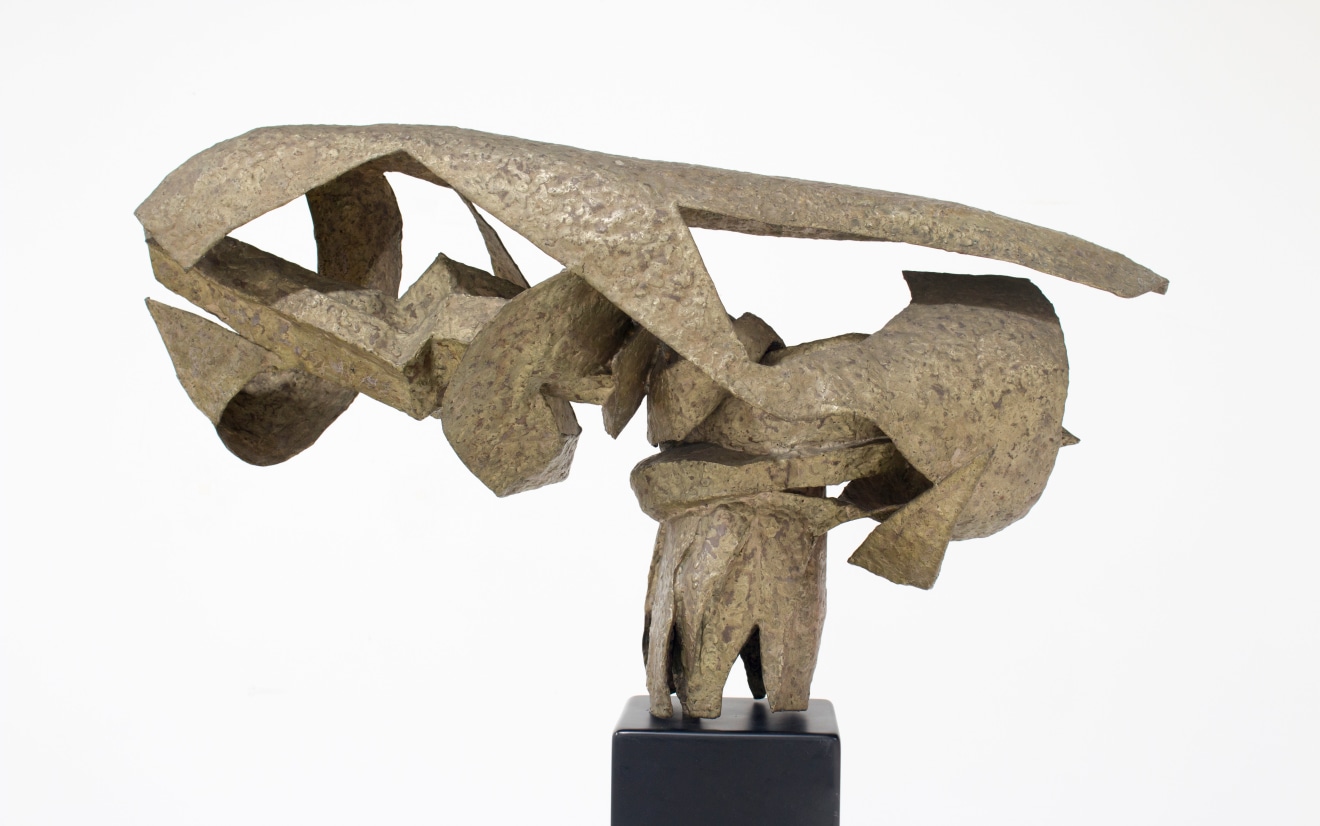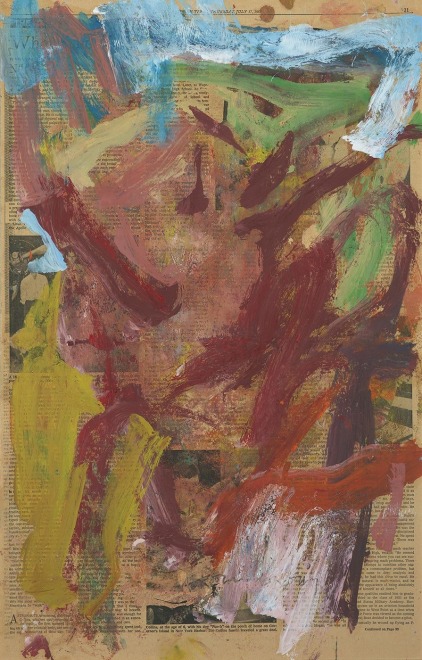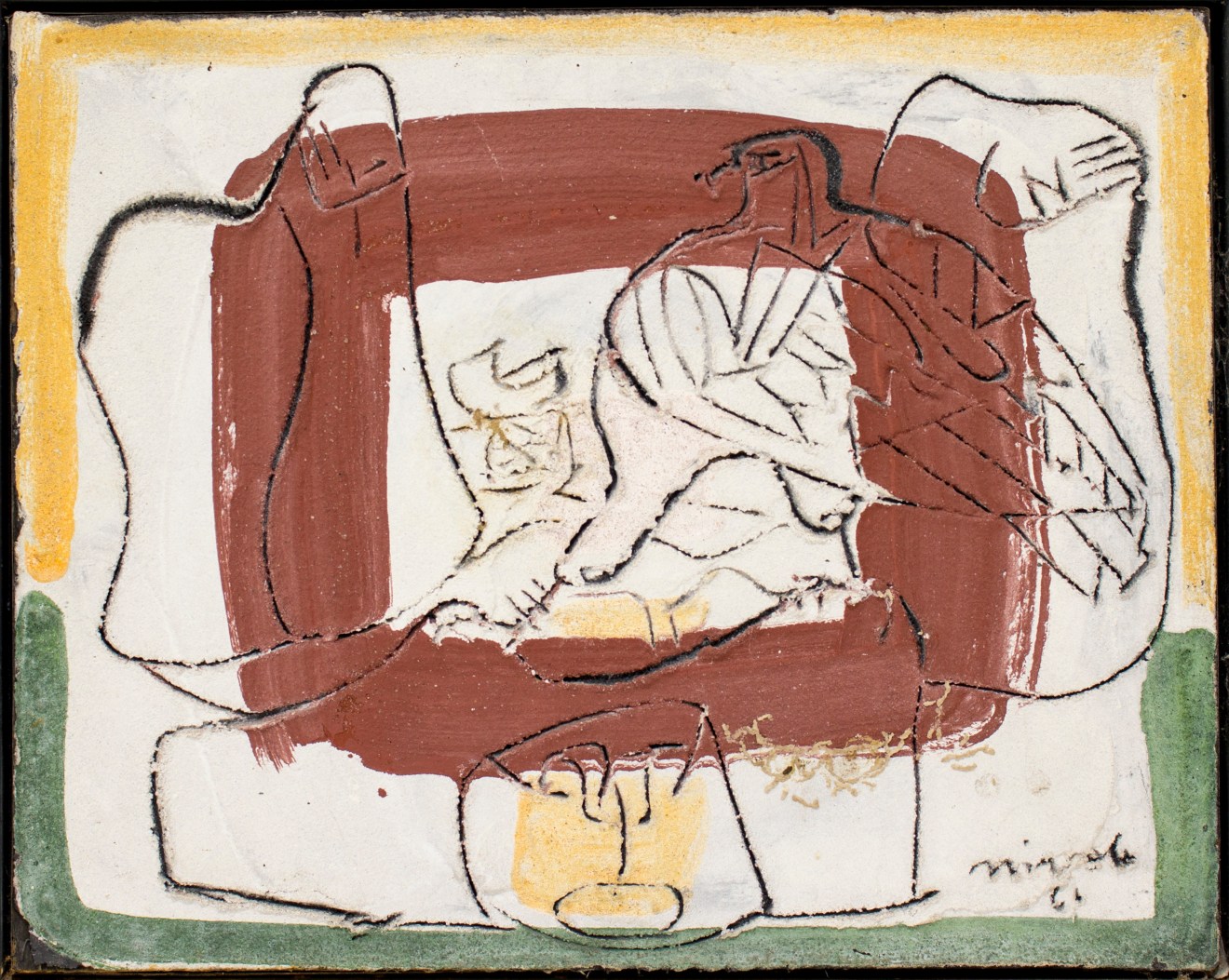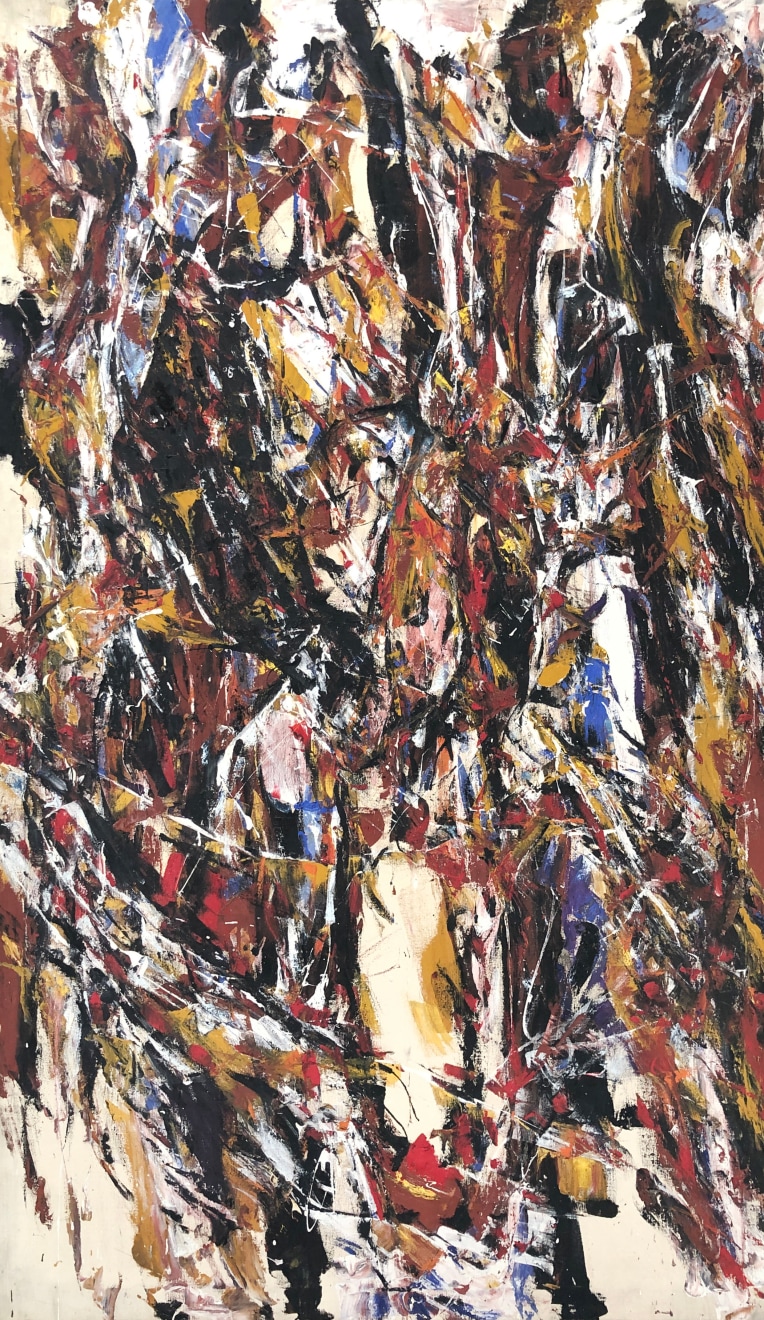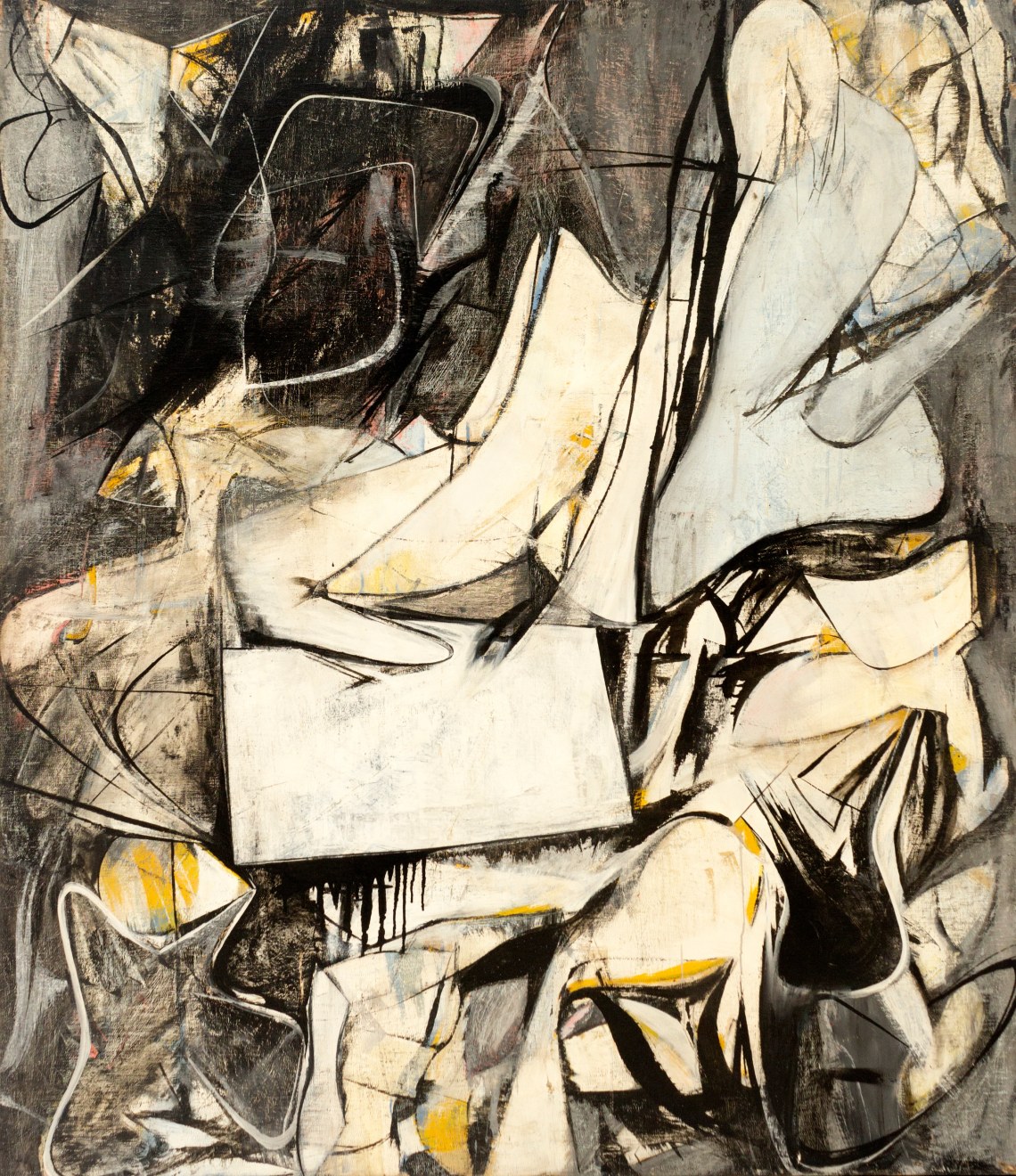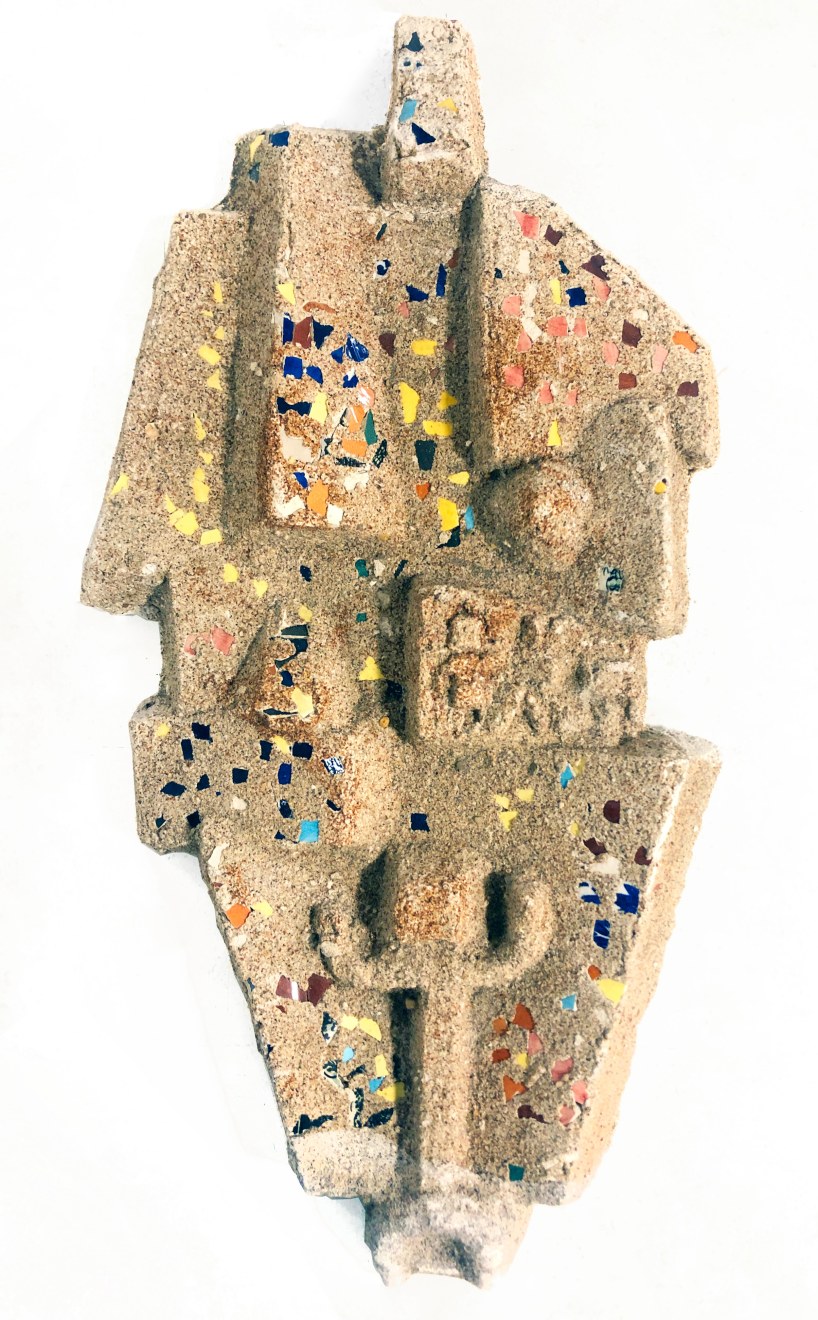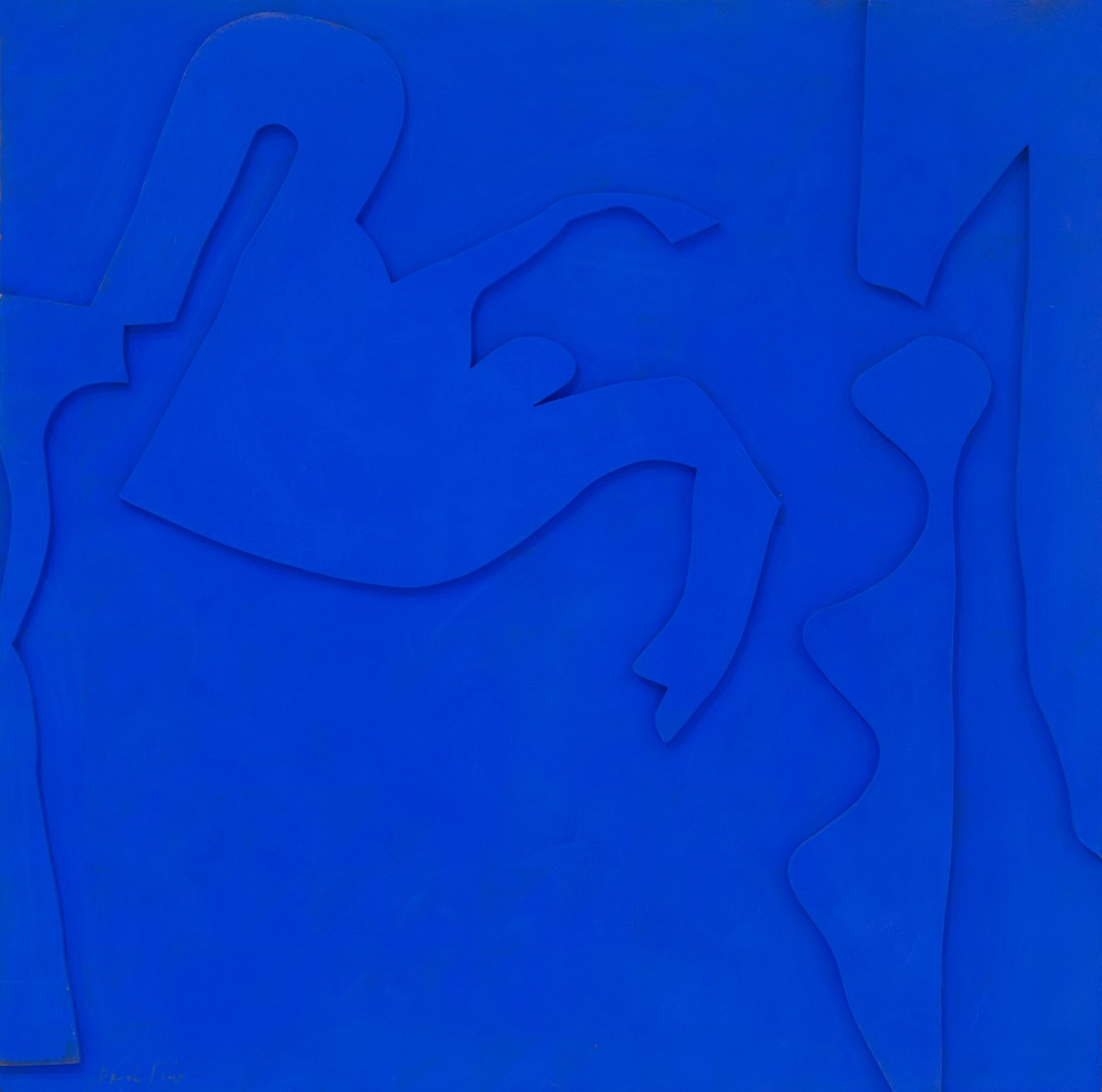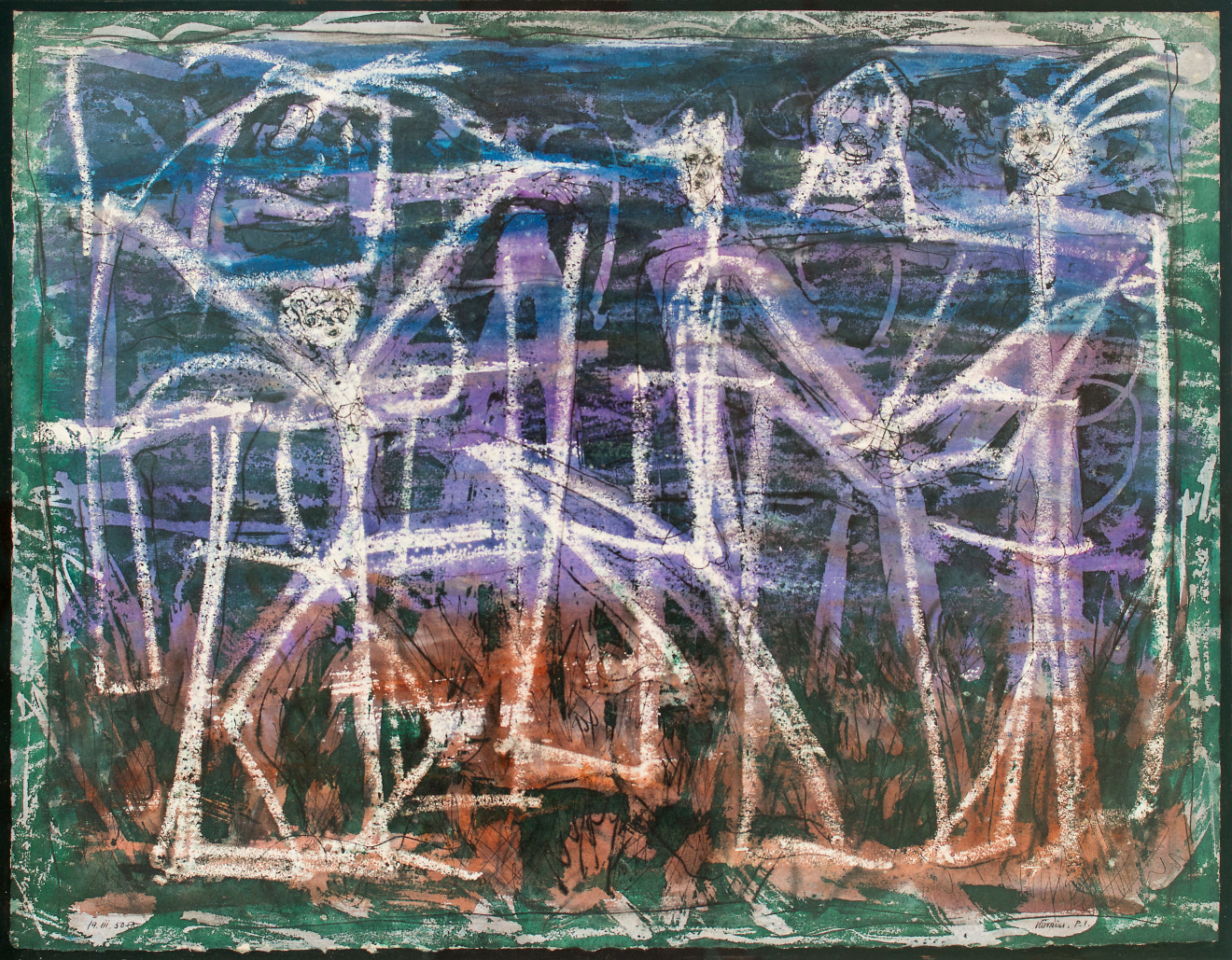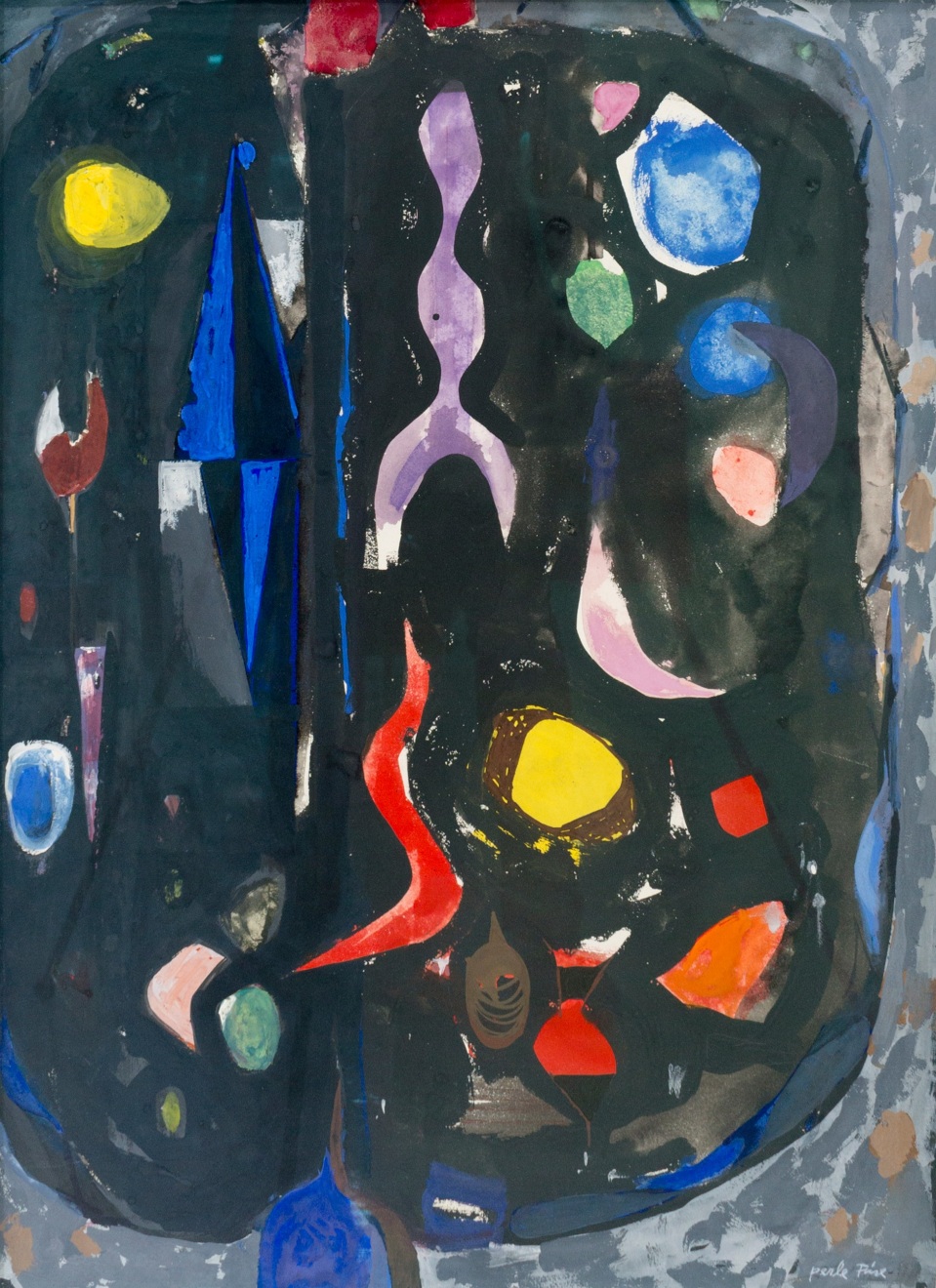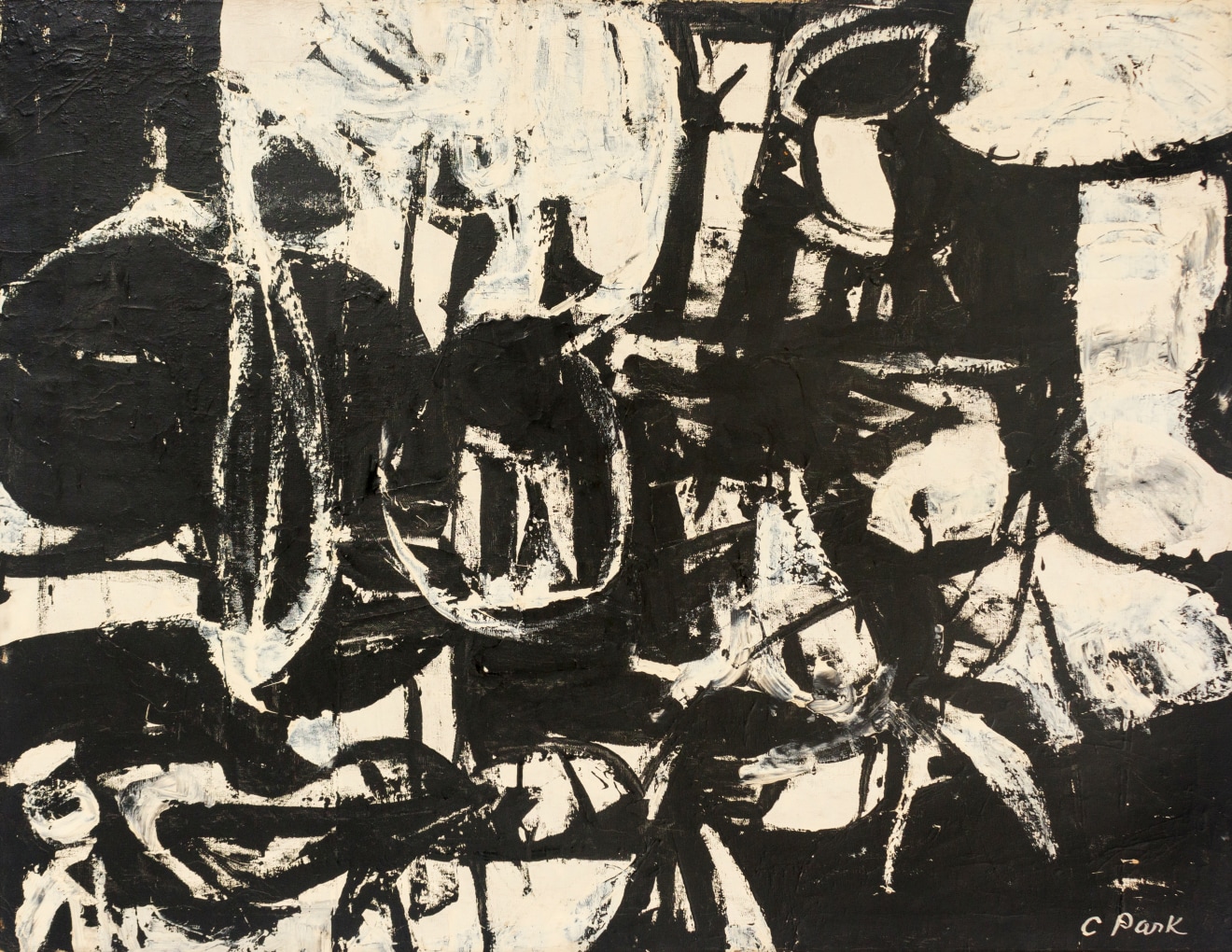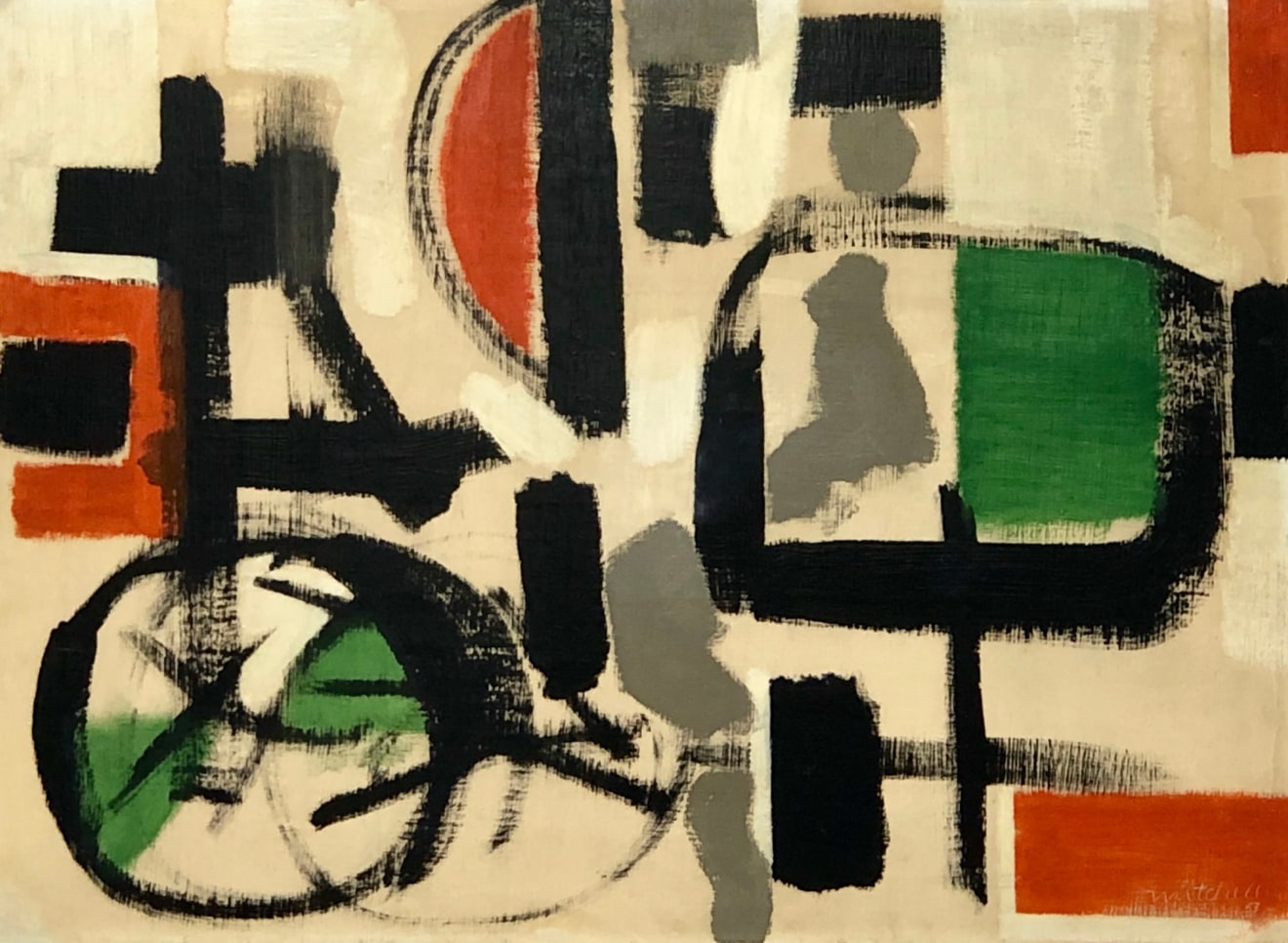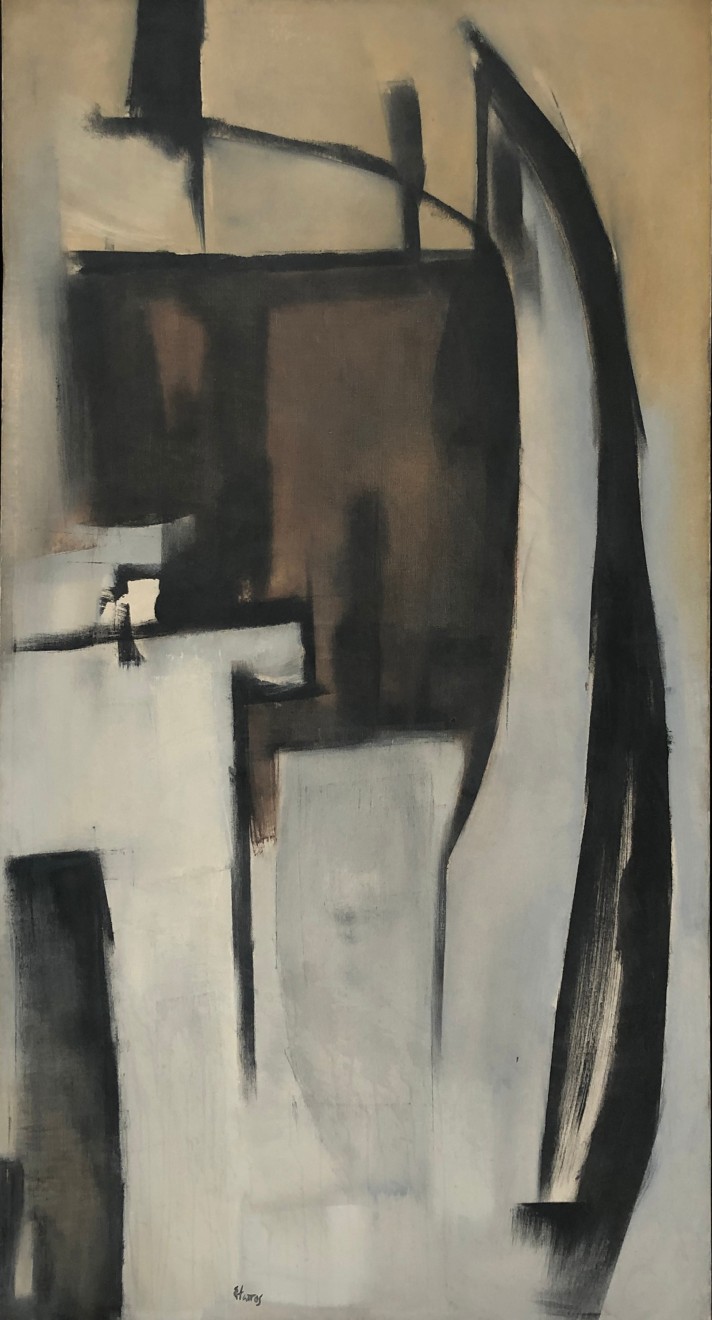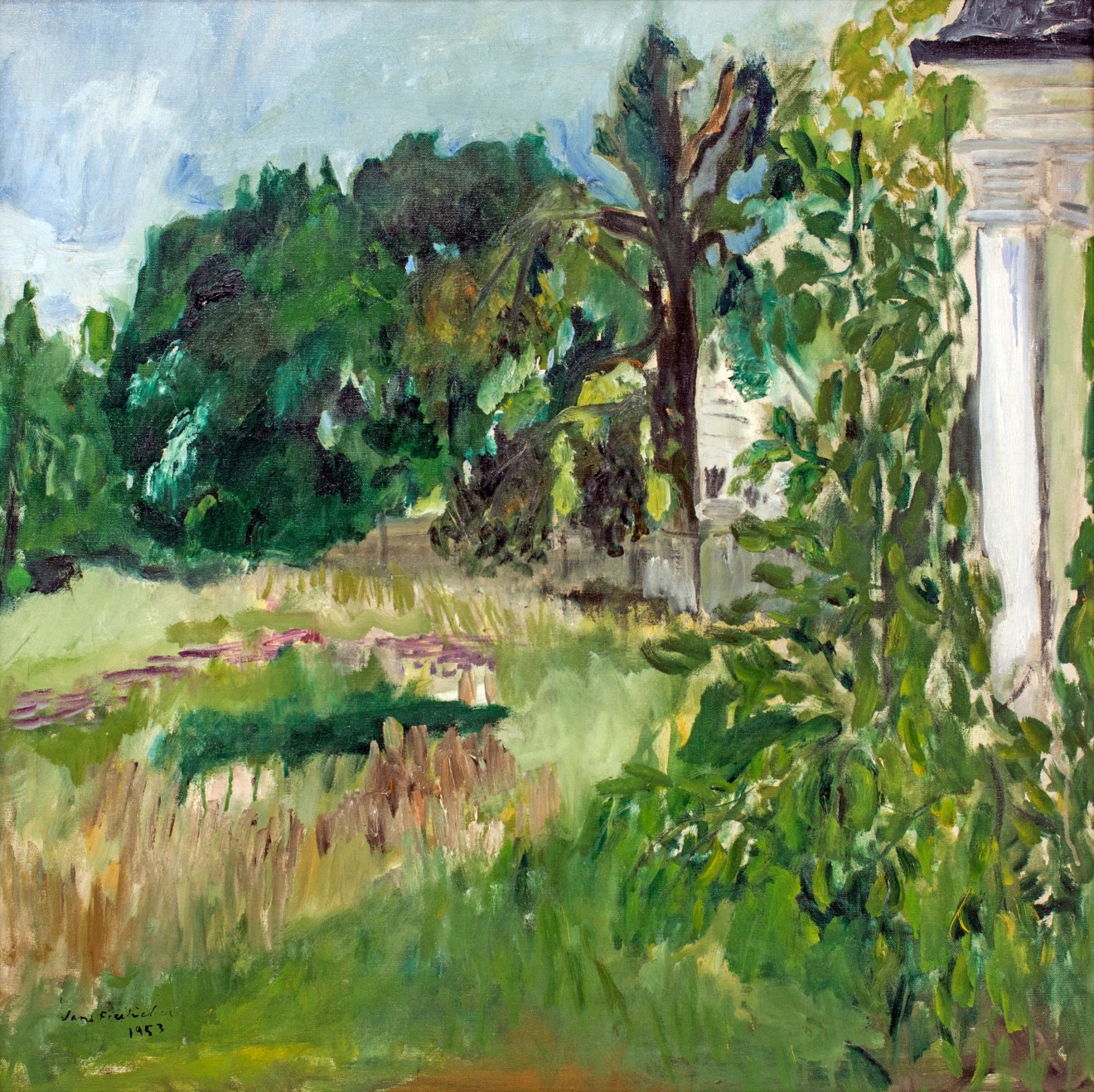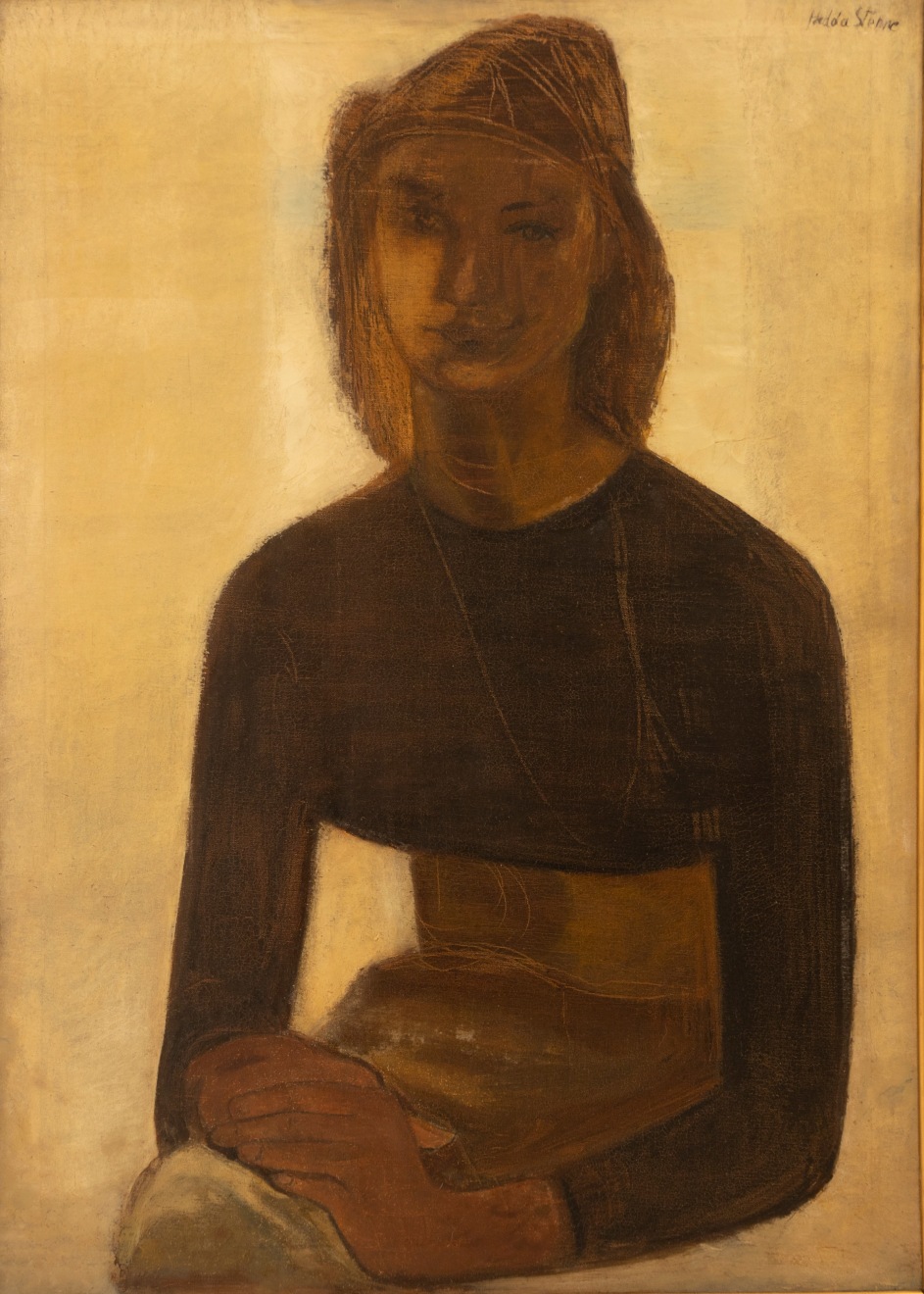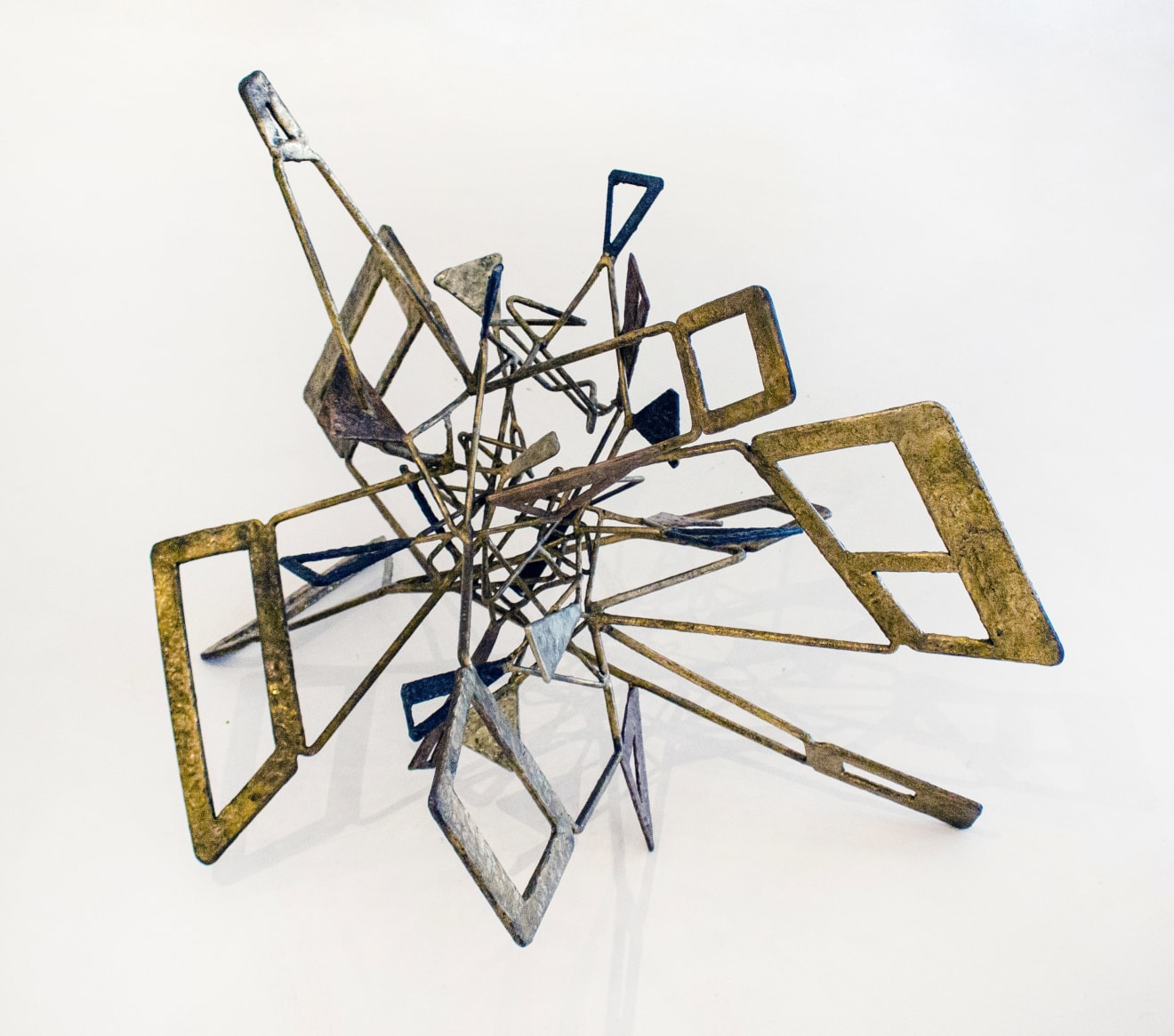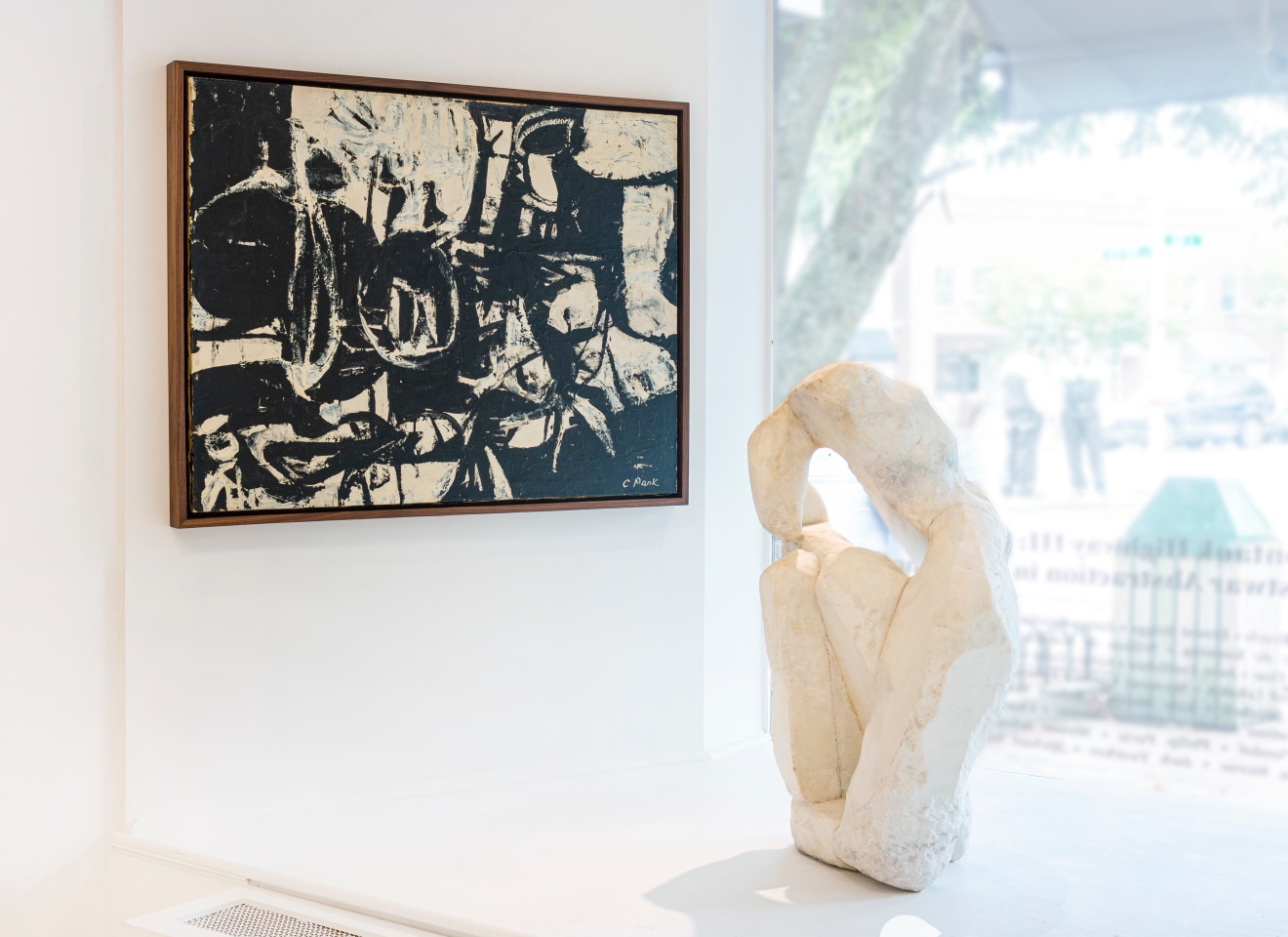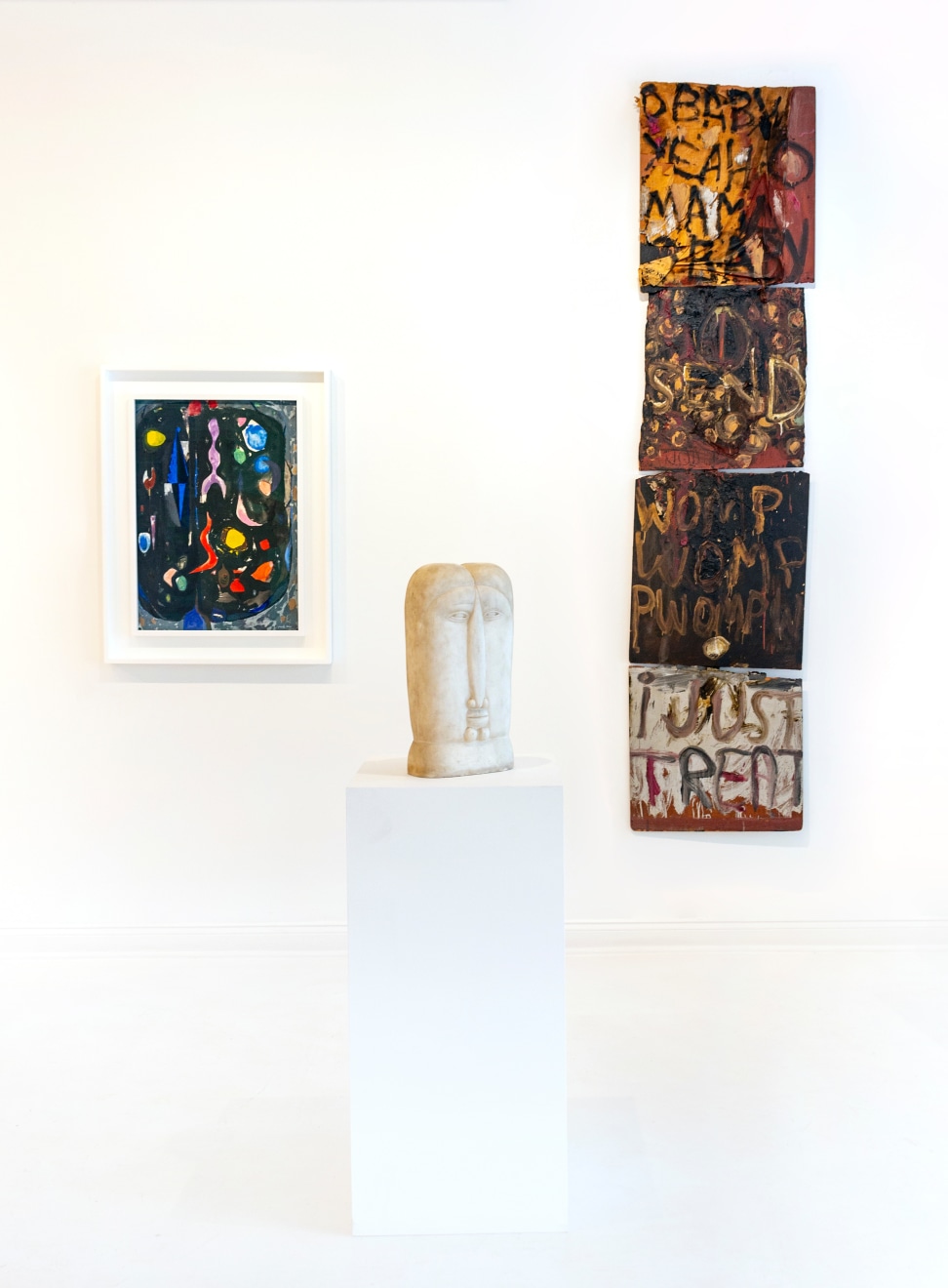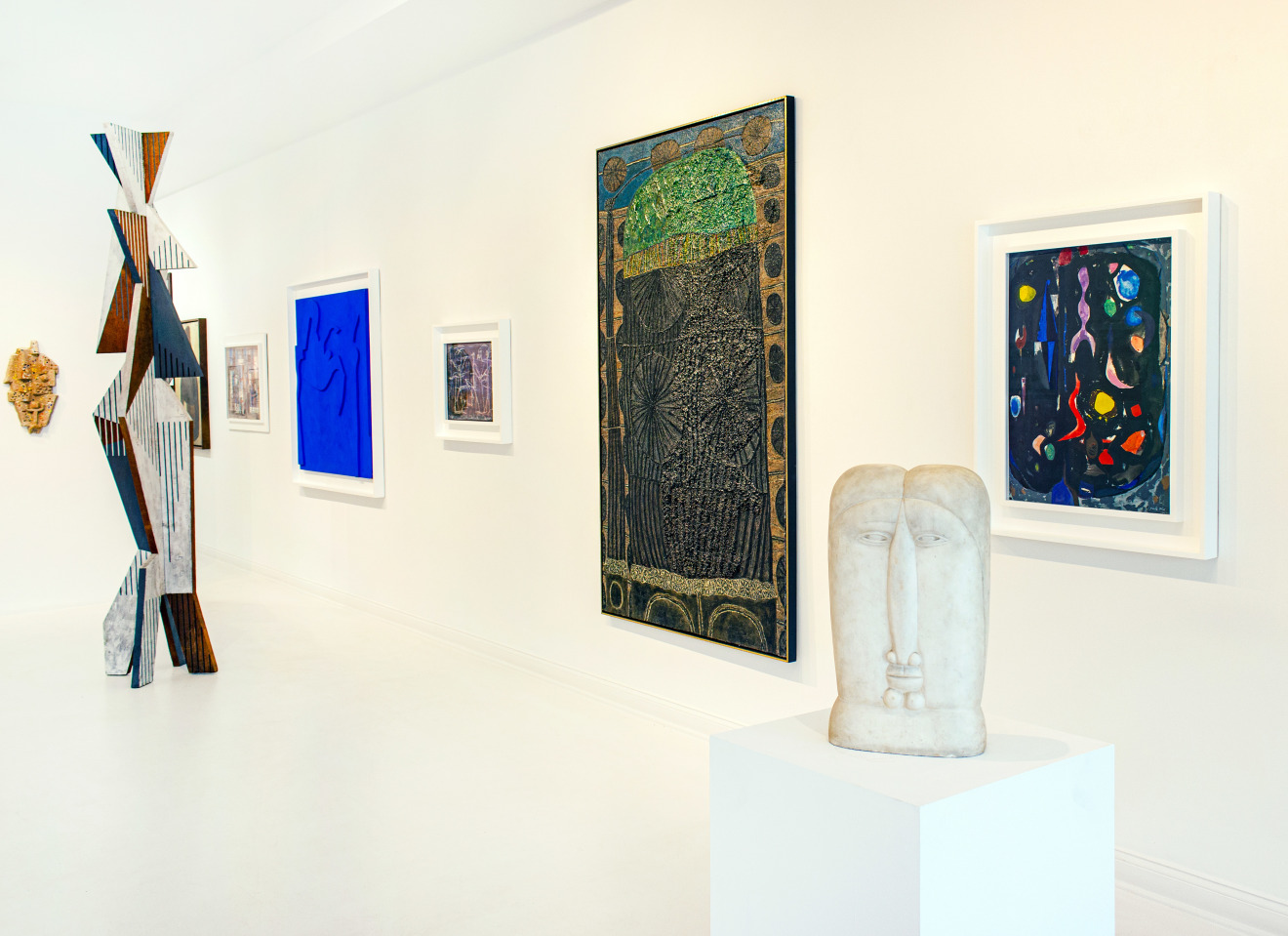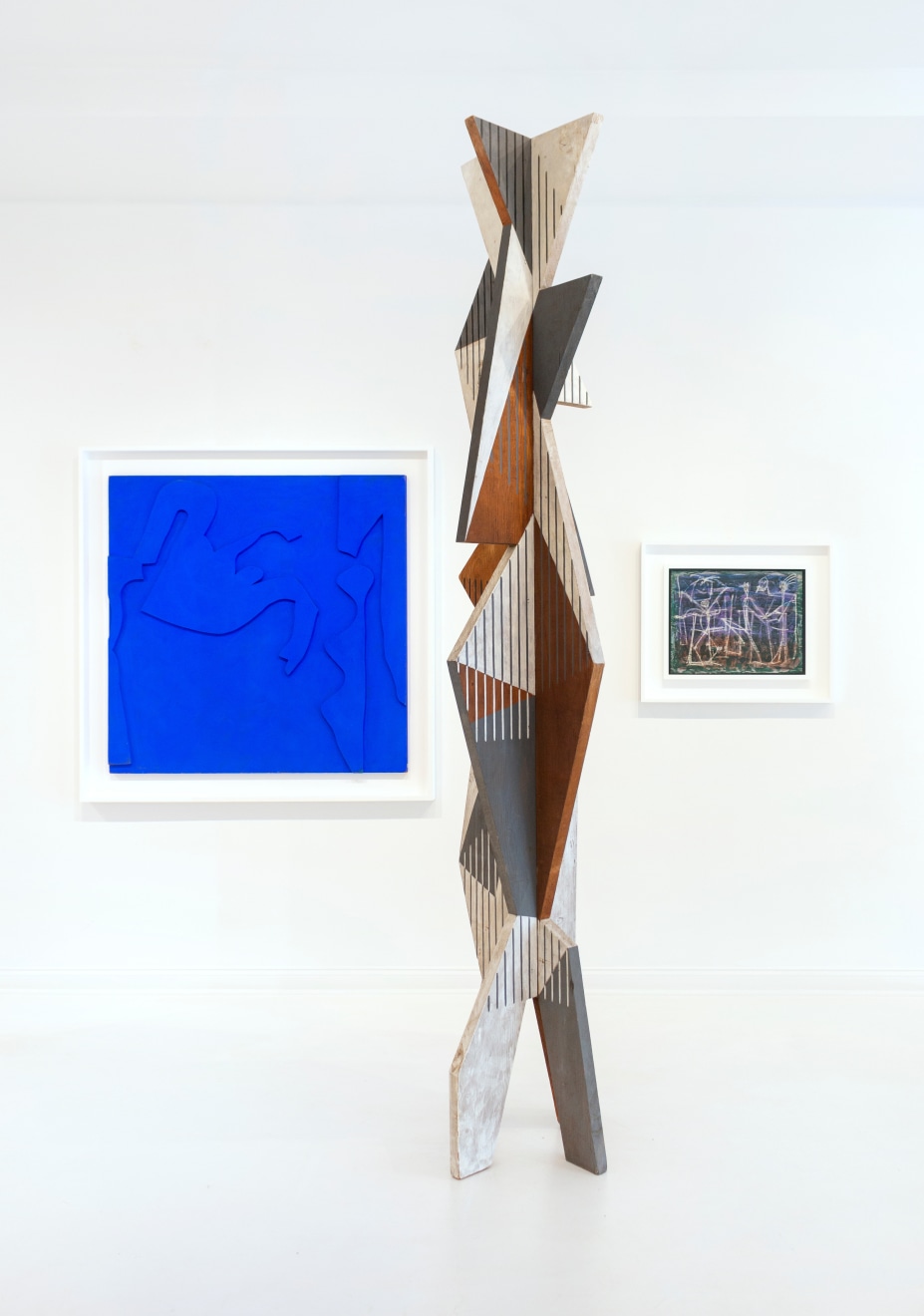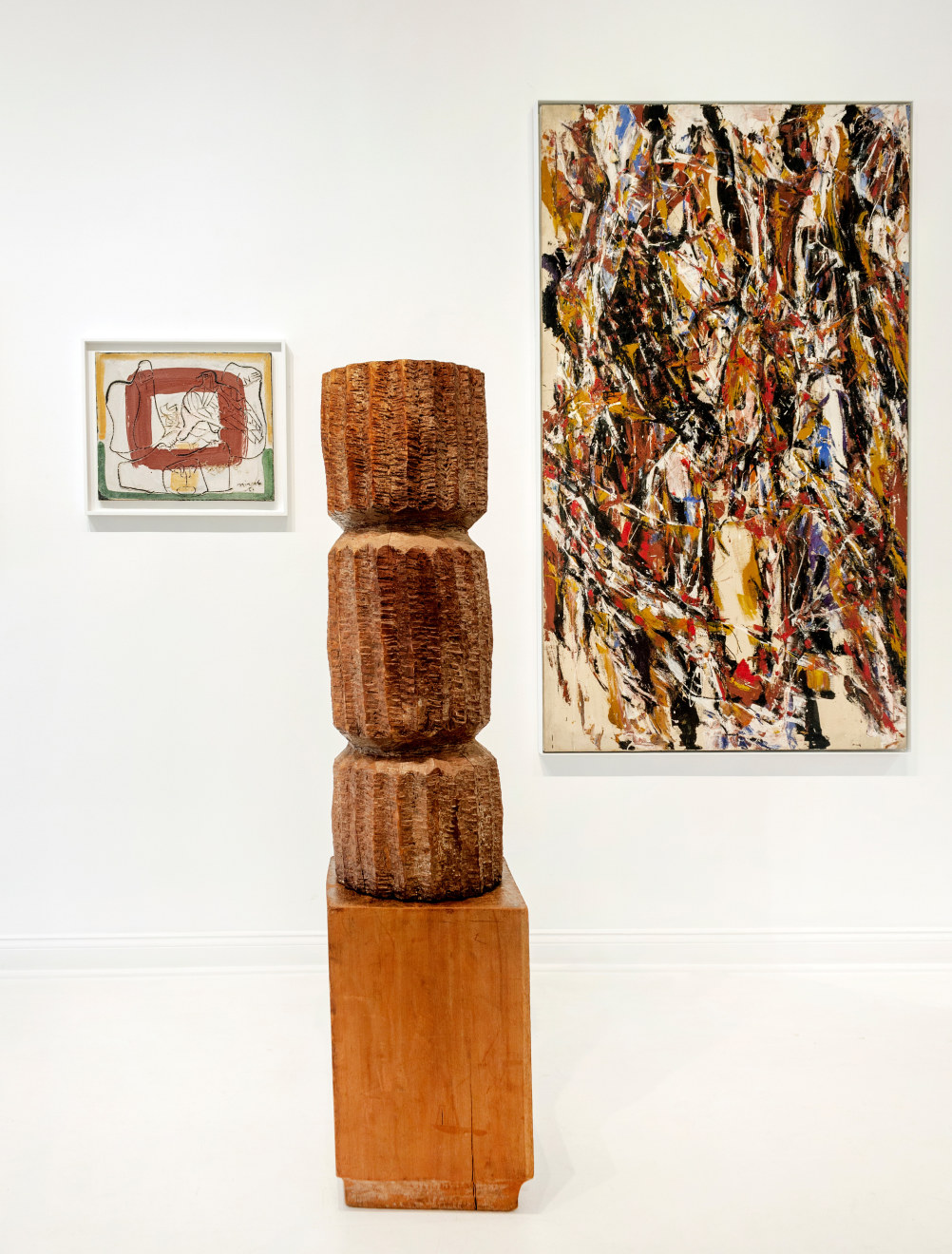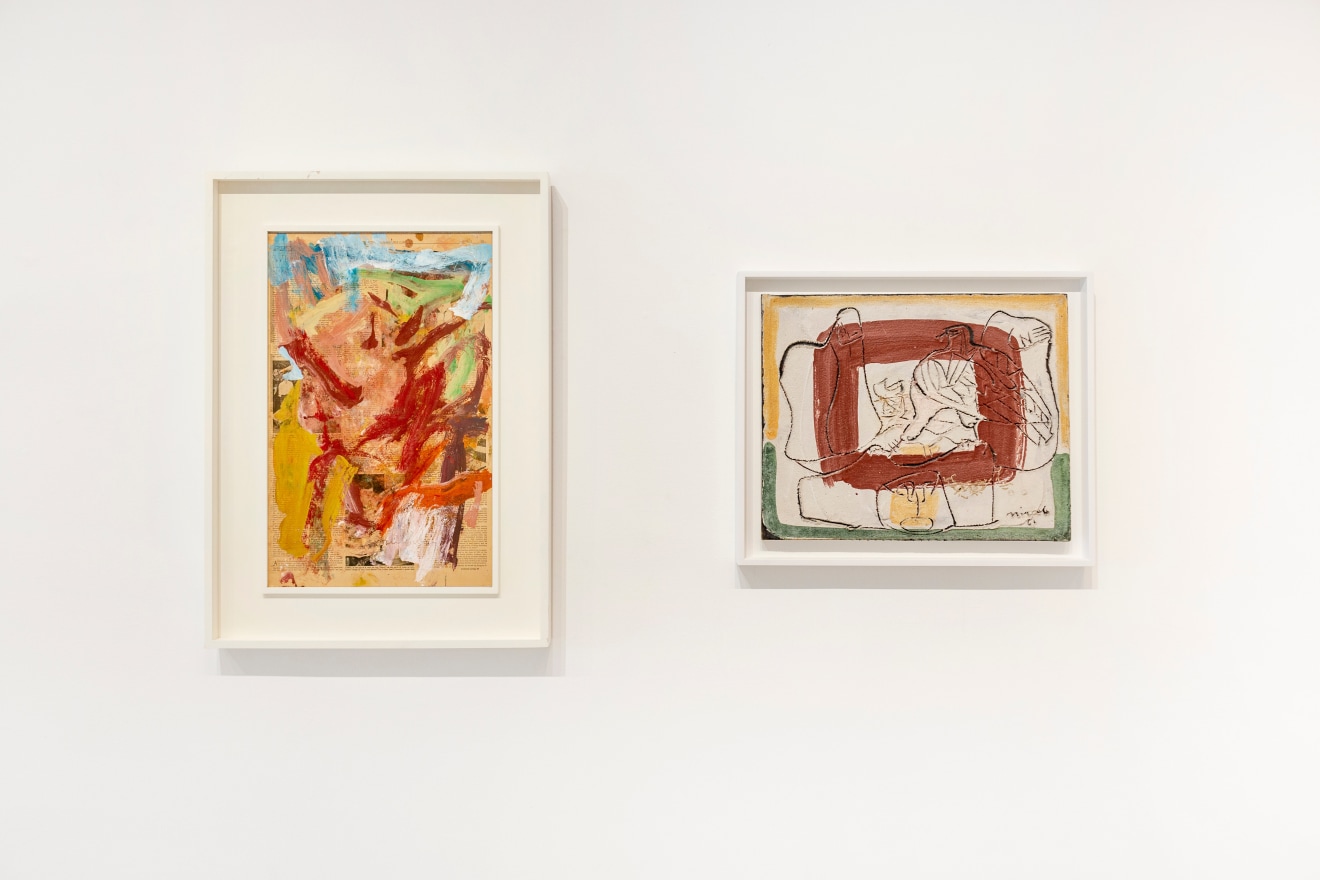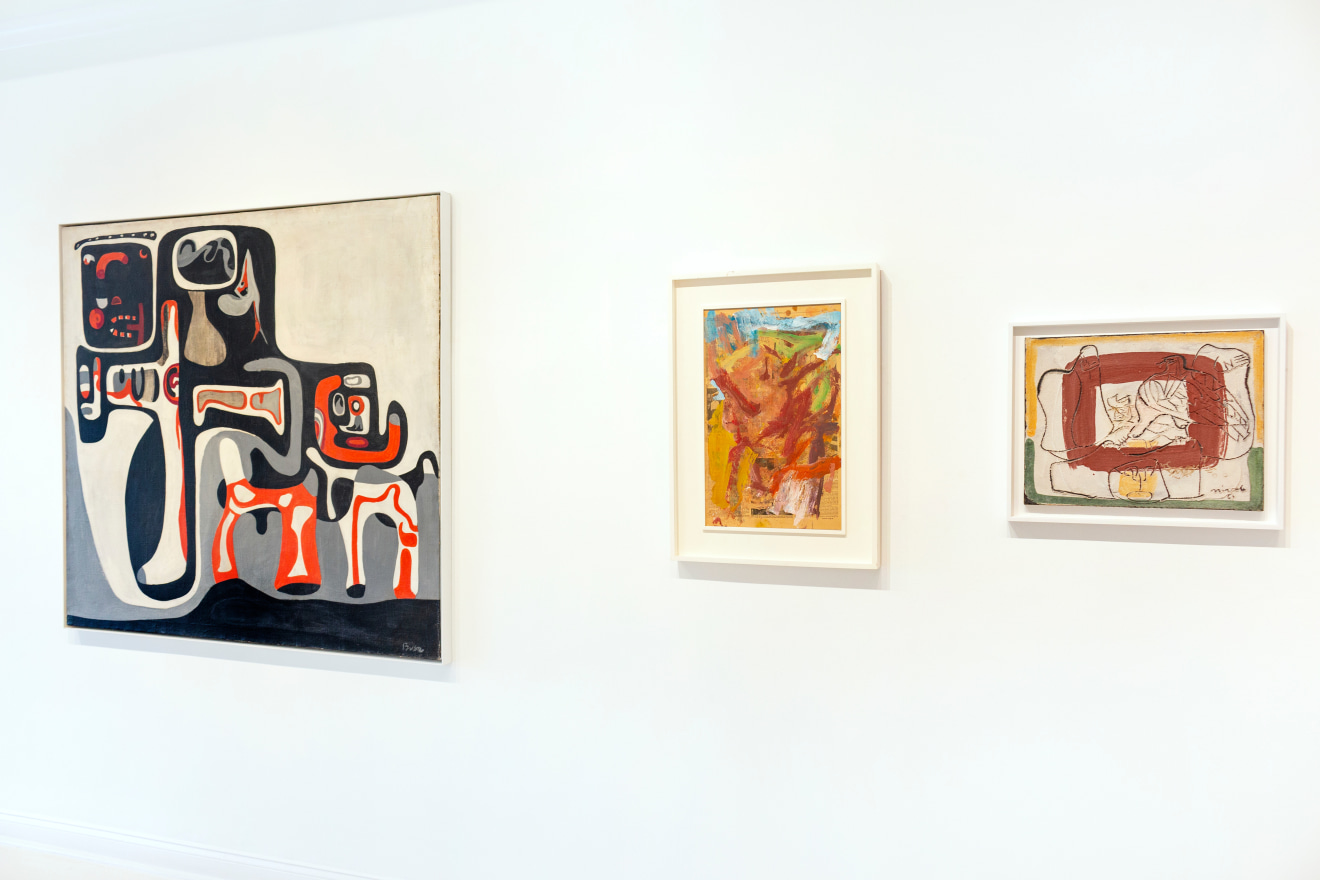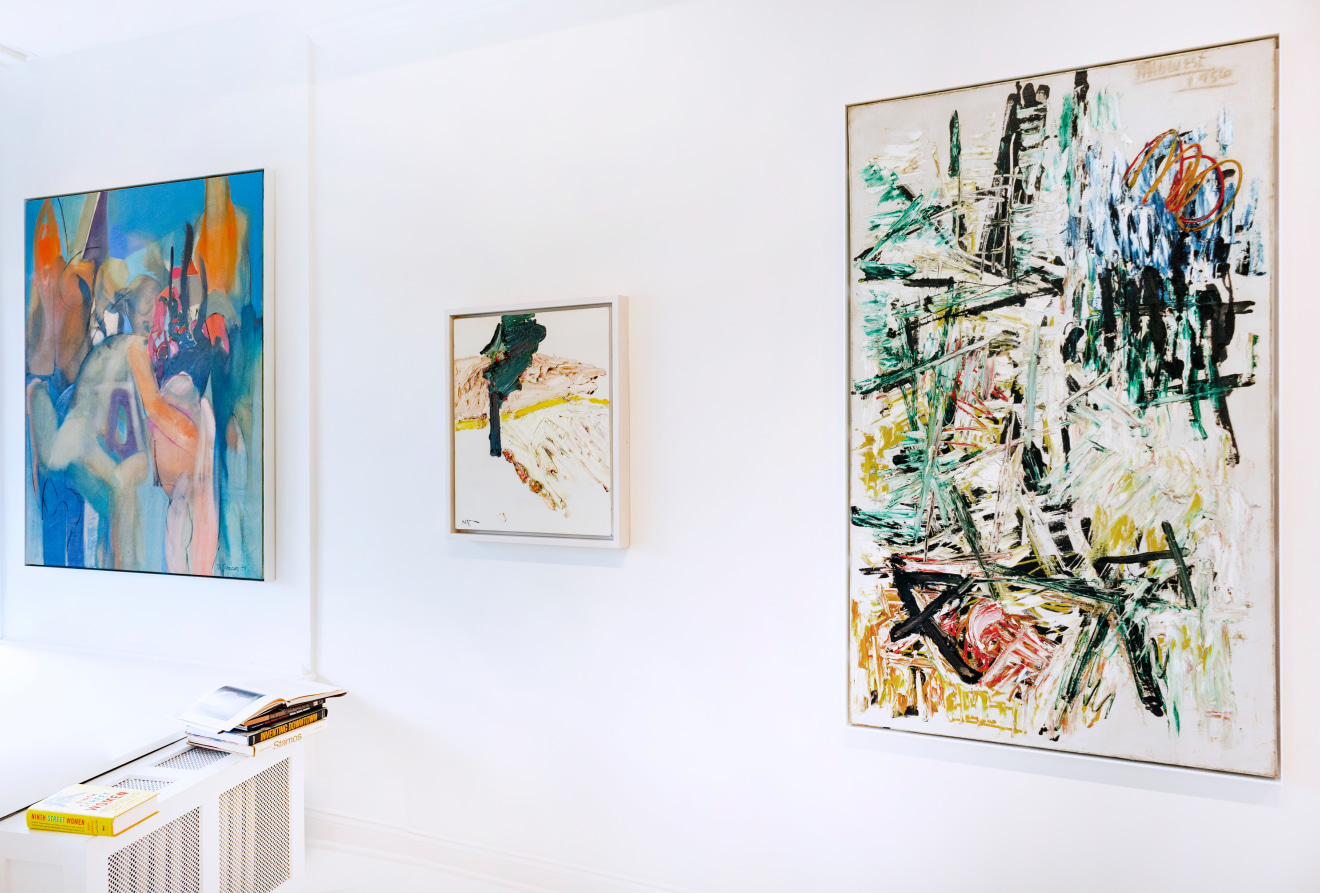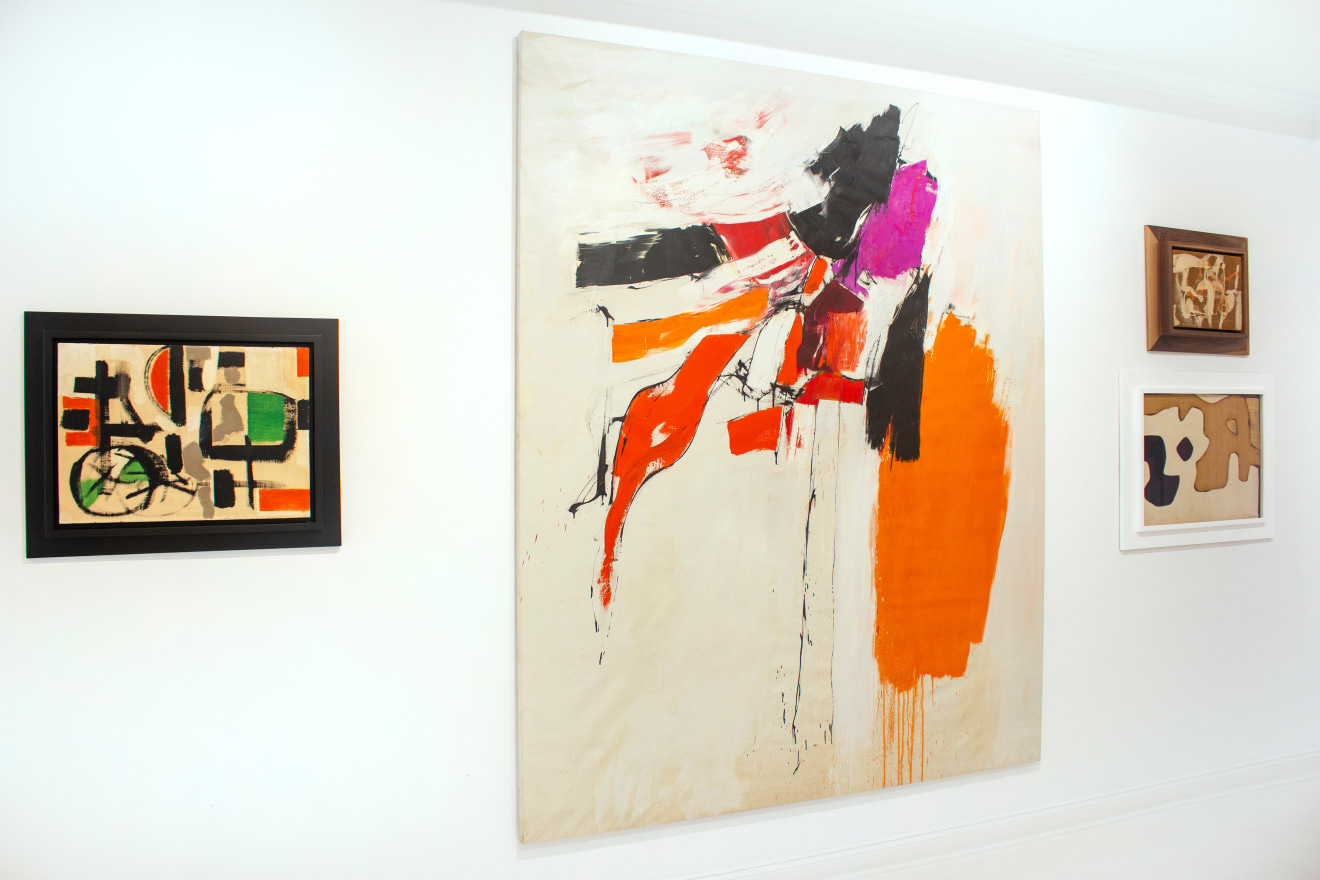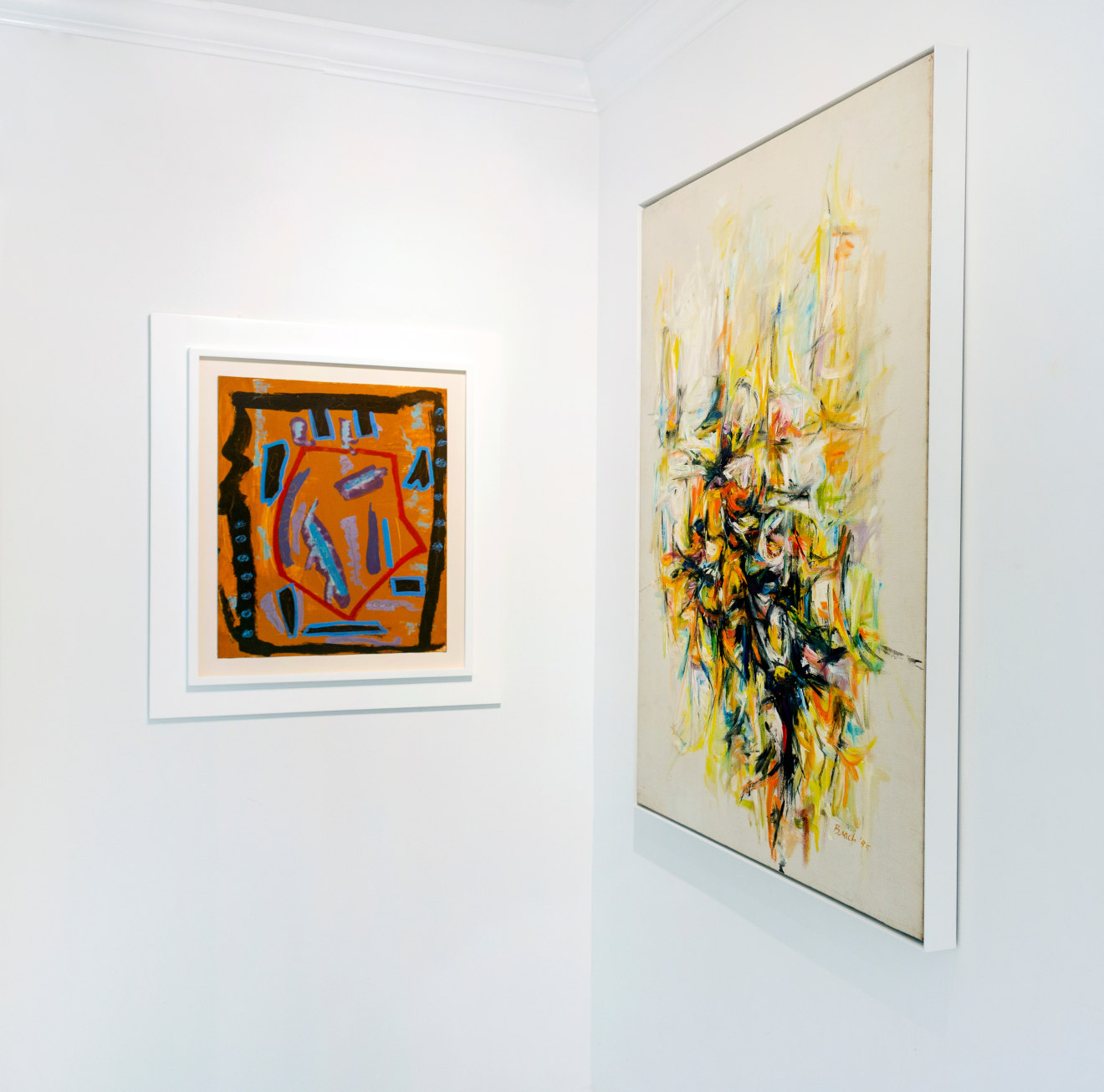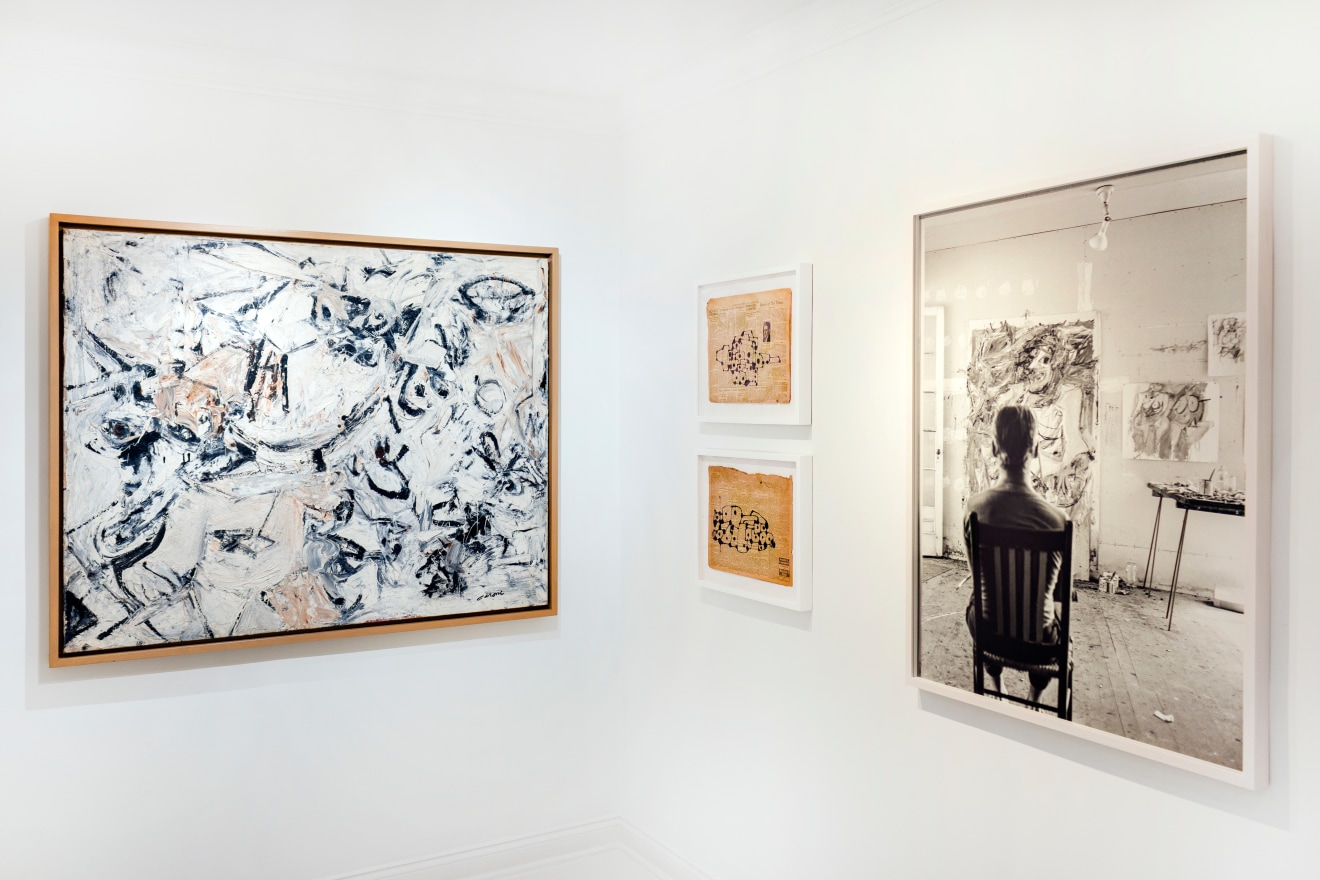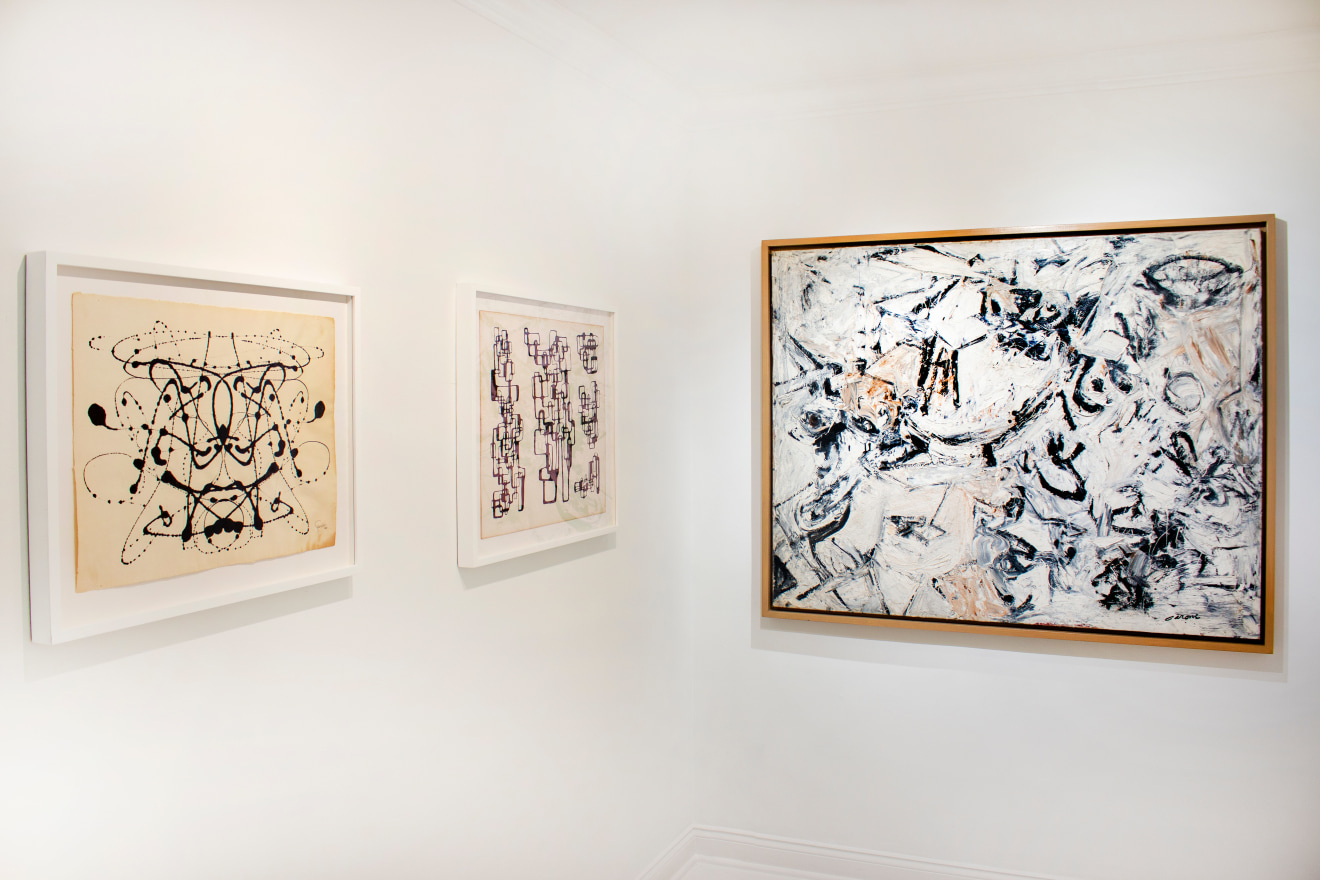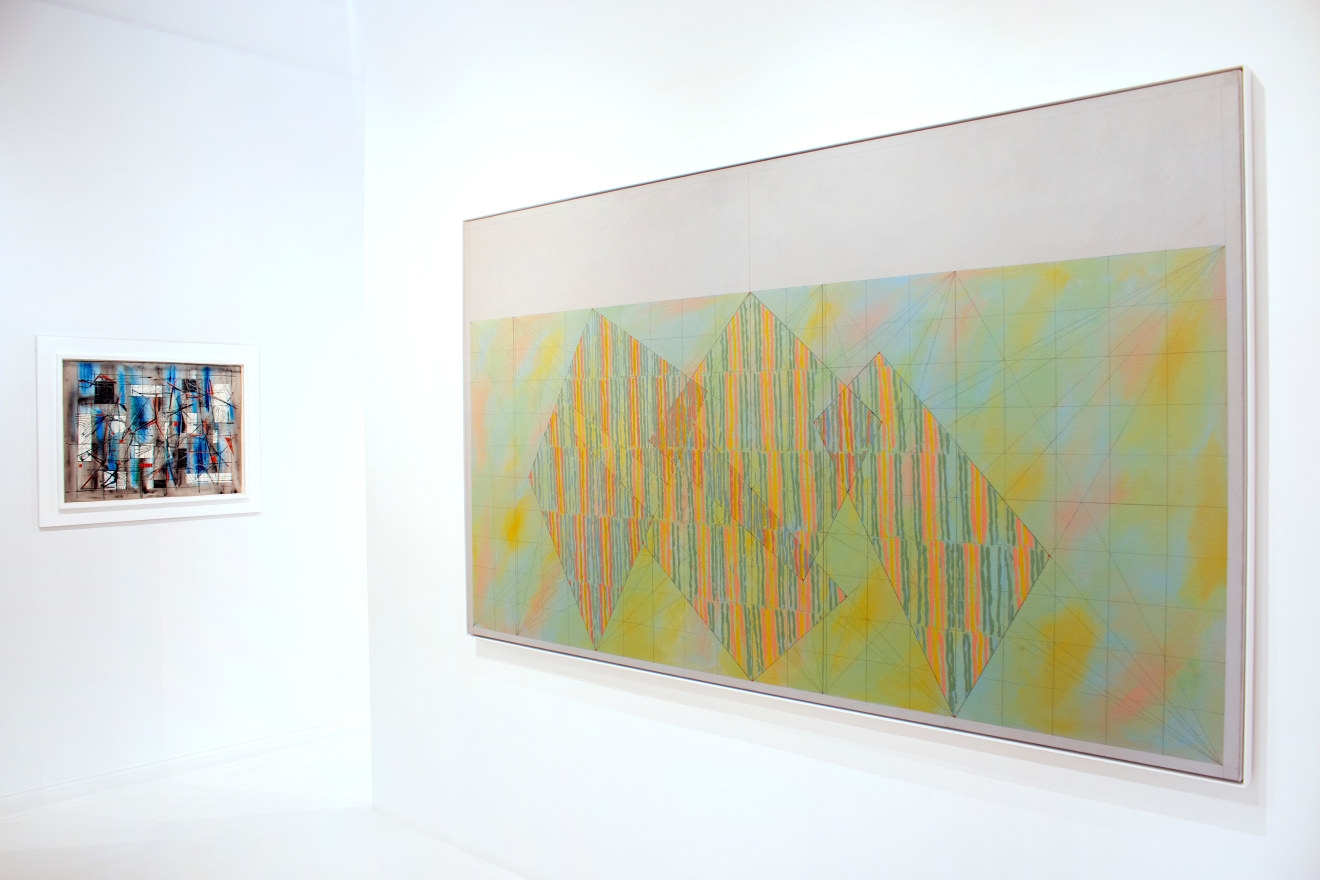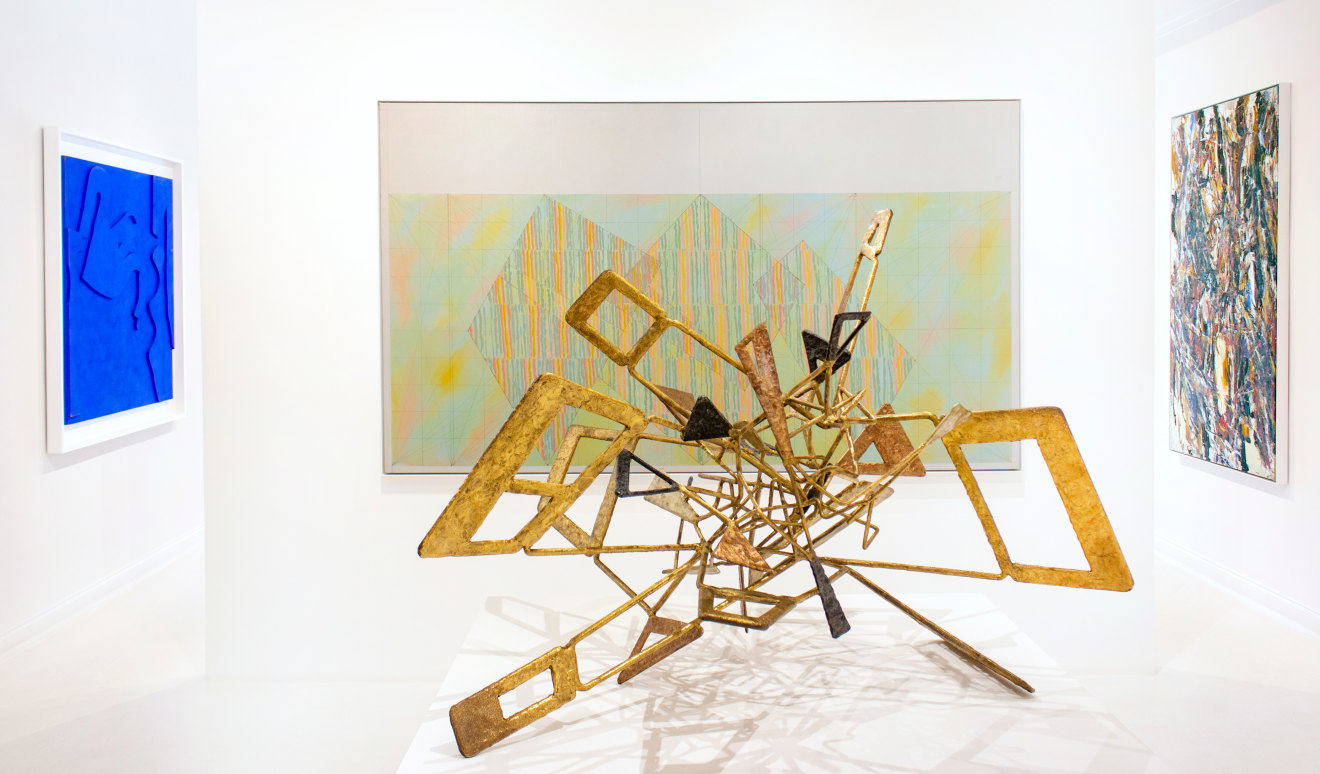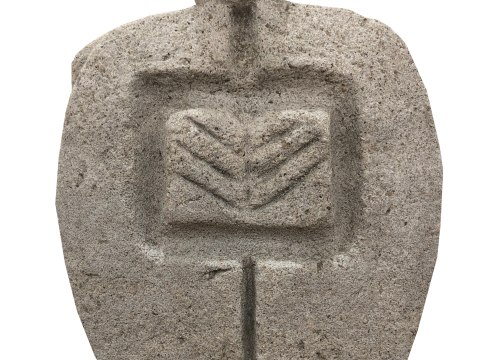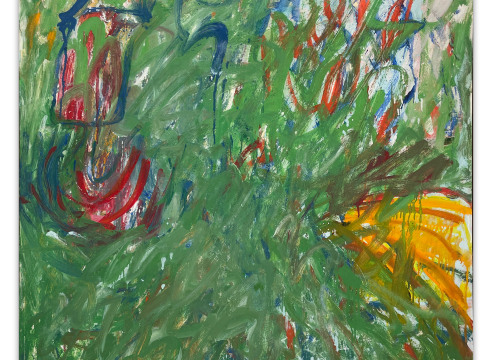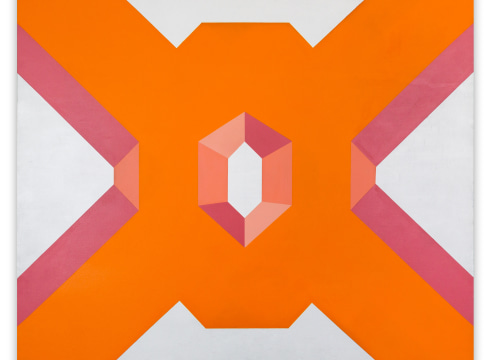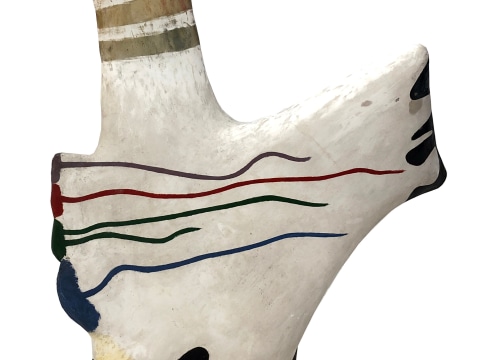
FOR IMMEDIATE RELEASE
EAST HAMPTON, NY— Eric Firestone Gallery is pleased to announce the exhibition Montauk Highway III: Postwar Abstraction in the Hamptons, opening August 17th, and on view through September 29, 2019. The exhibition features work by:
Paul Brach · Ernest Briggs · James Brooks · Peter Busa · Nicolas Carone · Elaine de Kooning · Willem de Kooning · Jim Dine · Jimmy Ernst · Perle Fine · Jane Freilicher · Sidney Geist · Joseph Glasco · Ibram Lassaw · Michael Lekakis · Seymour Lipton · Conrad Marca-Relli · Fred Mitchell · Joan Mitchell · Kyle Morris · Robert Motherwell · Louise Nevelson · Costantino Nivola · Alfonso Ossorio · Charlotte Park · Betty Parsons · Pat Passlof · Philip Pavia · Miriam Schapiro · Theodoros Stamos · Hedda Sterne · Jack Tworkov · Michael West · Manoucher Yektai
In the 1950s and 1960s, the Hamptons became one of the most significant meeting grounds of like-minded artists, who gathered on the beach, in local bars, and at one another’s homes and studios. It was an extension of the vanguard artistic activity happening in New York City around abstraction, which constituted a radical redefinition of art. But the East End was also a place where artists were freer to experiment. For the third time, Eric Firestone Gallery pays homage to this rich and layered history in Montauk Highway III.
The show includes work from the period by more than thirty artists who played an important role in the Hamptons scene, and had studios in the area. In this moment, when Ninth Street Women is one of the most talked-about books in the art world, Eric Firestone Gallery continues to re-investigate the depth of this scene and the role of women artists and lesser-known abstractionists.
Uncluttered sight lines and expansive fields by the sea define the landscape of the East End. In the 1950s and 60s, when the artists lived mostly amidst farmers and fishermen, it was particularly so. The influence of this landscape and its light permeates the painting and sculpture on view.
Much of the painting and sculpture presented here has a sense of hope and expansiveness, but is also fractured and elegiac. This aesthetic also becomes a visual metaphor for what the East End represented to these artists. It was a refuge from the pressures of the city. It was bucolic but punctuated by serious challenge and tragedy: alcoholism, suicide, the heavy shadow of the second World War, and Jackson Pollock’s death in a car crash in Springs during the summer of 1956.
Jackson Pollock and Lee Krasner were among the earliest artists of the scene to decamp to the Hamptons; they moved to the Springs in 1945. One early gathering place on the East End was the home of Leo Castelli and his wife Ileana Sonnabend, on Jericho Lane in East Hampton. Willem and Elaine de Kooning spent two summers in the early 1950s living there. It was during this time that de Kooning was struggling with his “Woman” series, and he was able to carve out his own studio on the porch of the rambling house. His palette lightened during this period of artistic transition; the sea and water seemed to infiltrate the paintings. Soon after, he established his own home in the Springs, where he was known for riding around the area on his bicycle.
Charlotte Park and James Brooks first came to the East End after visiting Pollock and Krasner in 1948. They originally lived in Montauk, but after the studio was badly damaged by Hurricane Carol in 1954, they moved to Springs in 1957. Miriam Schapiro and her husband Paul Brach bought a house in 1953 in Wainscott, where they would summer and eventually live full time. It was there that Schapiro began to develop an abstract language of form that reflected her experience as a woman and a mother. Working outside of the “center” of the art world freed her to find the independent voice that established her as a pioneer feminist artist.
Alfonso Ossorio, a painter born into a wealthy Filipino family, first encountered and purchased Pollock’s work in the late 1940s. The two artists became friends, and Ossorio and his partner Ted Dragon spent the summer of 1949 with Pollock and Krasner. In 1951, Pollock encouraged Ossorio to buy the East Hampton estate, “The Creeks,” which Ossorio would make his full-time home until his death in 1990.
In 1957, Alfonso Ossorio, along with John Little and Elizabeth Parker, decided to bring a major art gallery to the area. They each contributed five hundered dollars to lease a space in the center of town for the Signa Gallery. It was designed to show great, international art, and its opening attracted more than five hundred guests. Over the gallery's three years in operation, it showed the works of many of the artists in this exhibition including Ernest Briggs, Perle Fine, and Conrad Marca-Relli.
Also part of the first wave of artist migration was the sculptor Costantino Nivola, who was born in Italy, and had a background in architectural decoration and graphic design. He moved to the East End with his wife Ruth, and their 35-acre property and home in the Springs became another gathering place. Nivola, who made plaster and concrete sculptures, revived the technique of sand casting after observing his children at the beach.
The landscape also deeply impacted the sculptor Philip Pavia, a founder of the Club, the legendary association of artists and writers who met on 8th Street in the late 1940s and 50s. Pavia lived on the North Fork from 1965-69, and in East Hampton from 1979 until his death in 2005. His sculptures of the 1960s utilize and reflect the natural landscape.
This year, the exhibition will not focus solely on abstraction; instead, including figurative and landscape works by Jane Freilicher, Elaine de Kooning, Hedda Sterne, and Louise Nevelson. A painting by Miriam Schapiro exists exactly at the nexus between figuration and abstraction.
In 1955, the debates around whether painting could be truly modern if objects or figures appeared were intense. Frank O’Hara published an essay called “Nature and New Painting,” including work by Jane Frelicher, Larry Rivers, Elaine de Kooning and Grace Hartigan to illustrate his point. And Elaine de Kooning published her own essay in 1955 in ArtNews, “Subject: What, How, or Who” to challenge the dominance of Clement Greenberg’s ideas.
The East End became the backdrop for a lively exchange among artists. The exhibition shows that this community was bigger and more varied than a few well-known names; there were many, distinct voices at the party.

